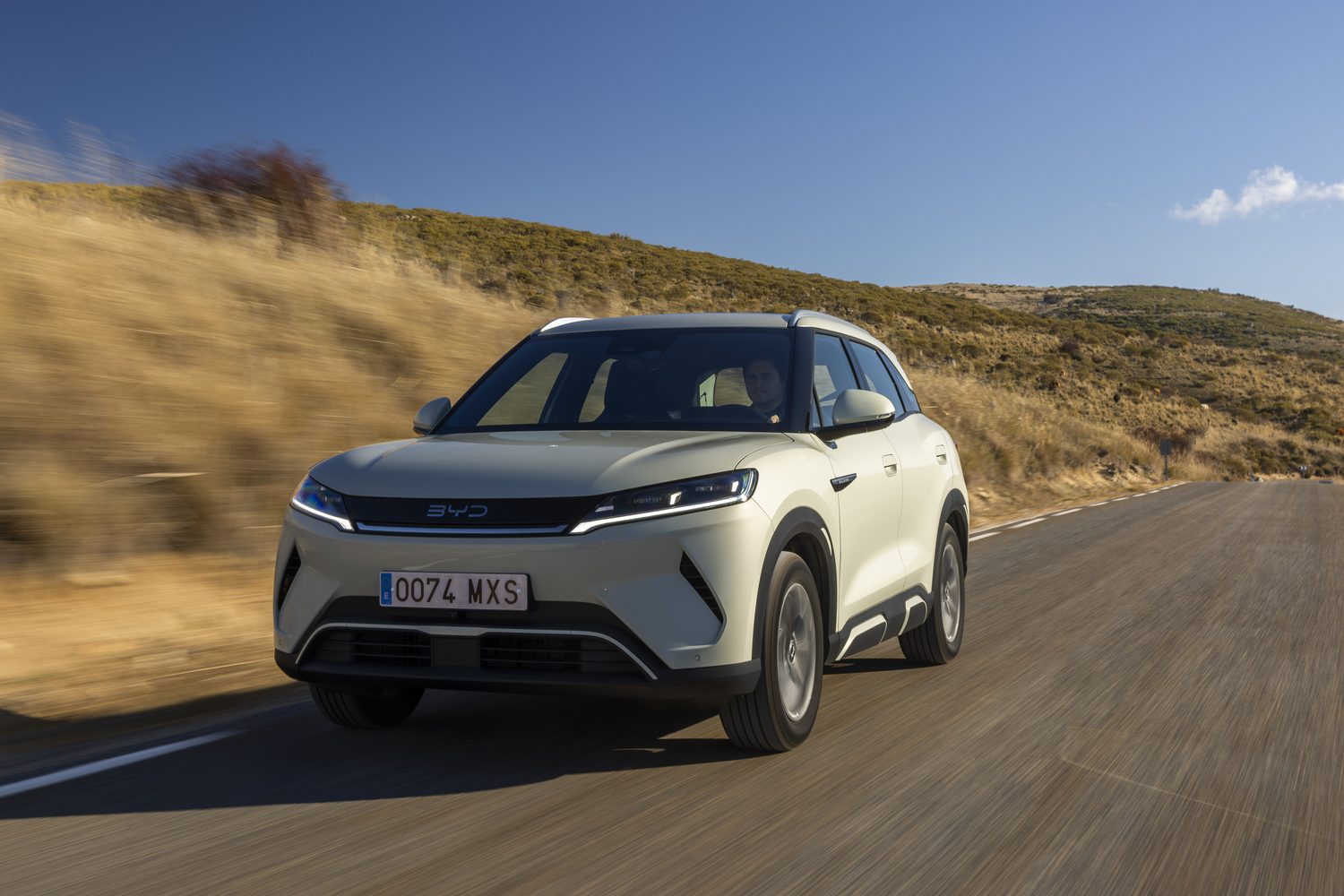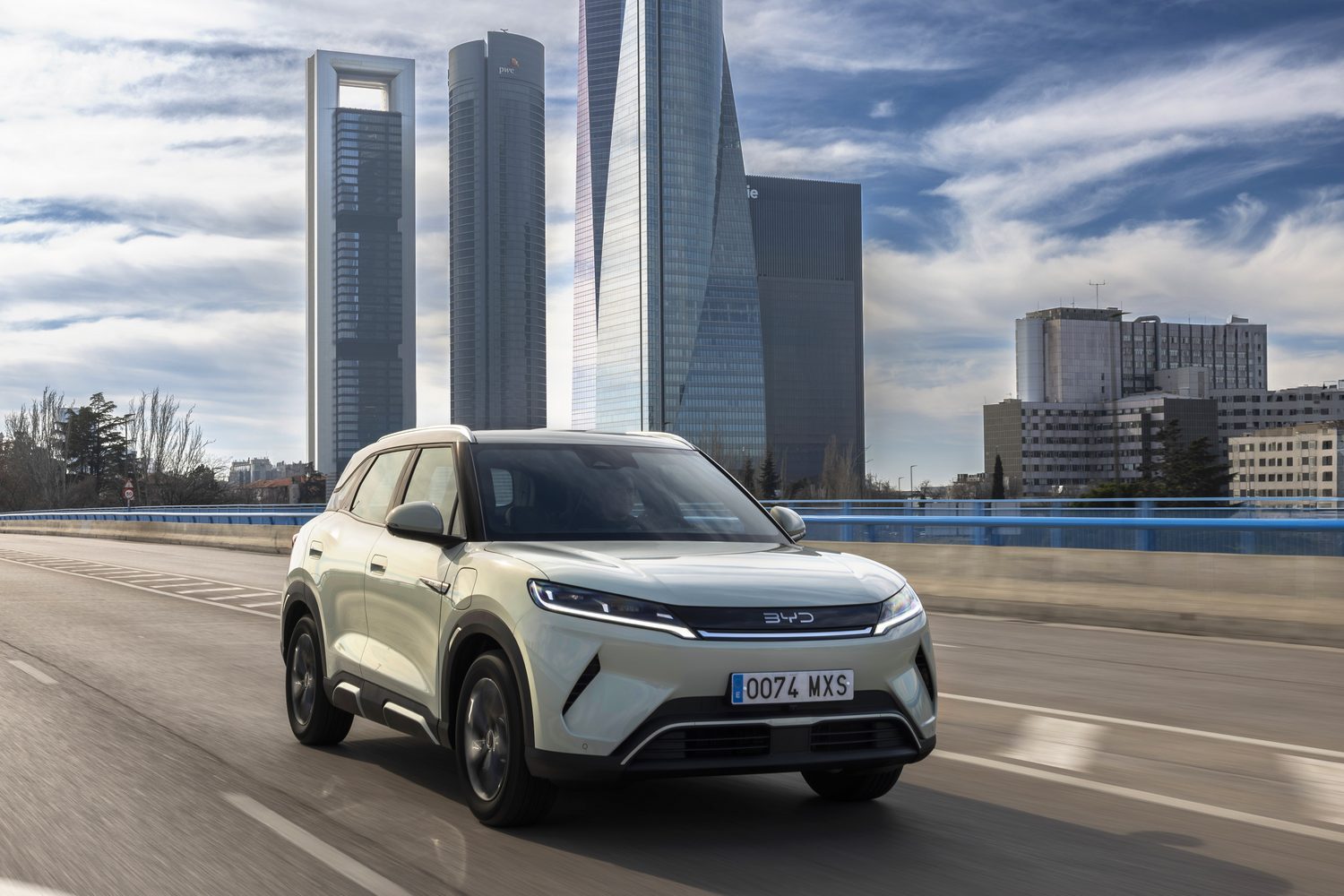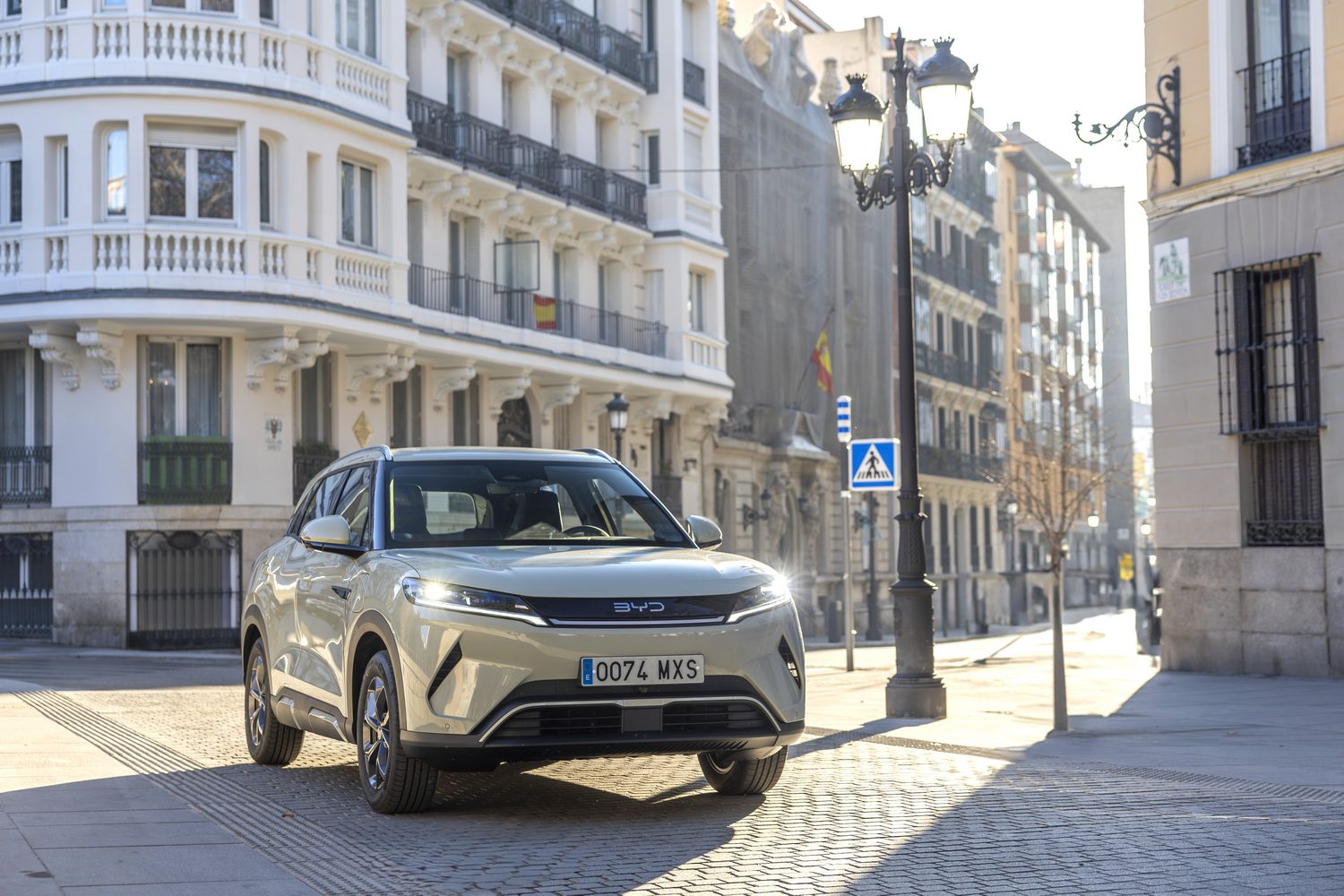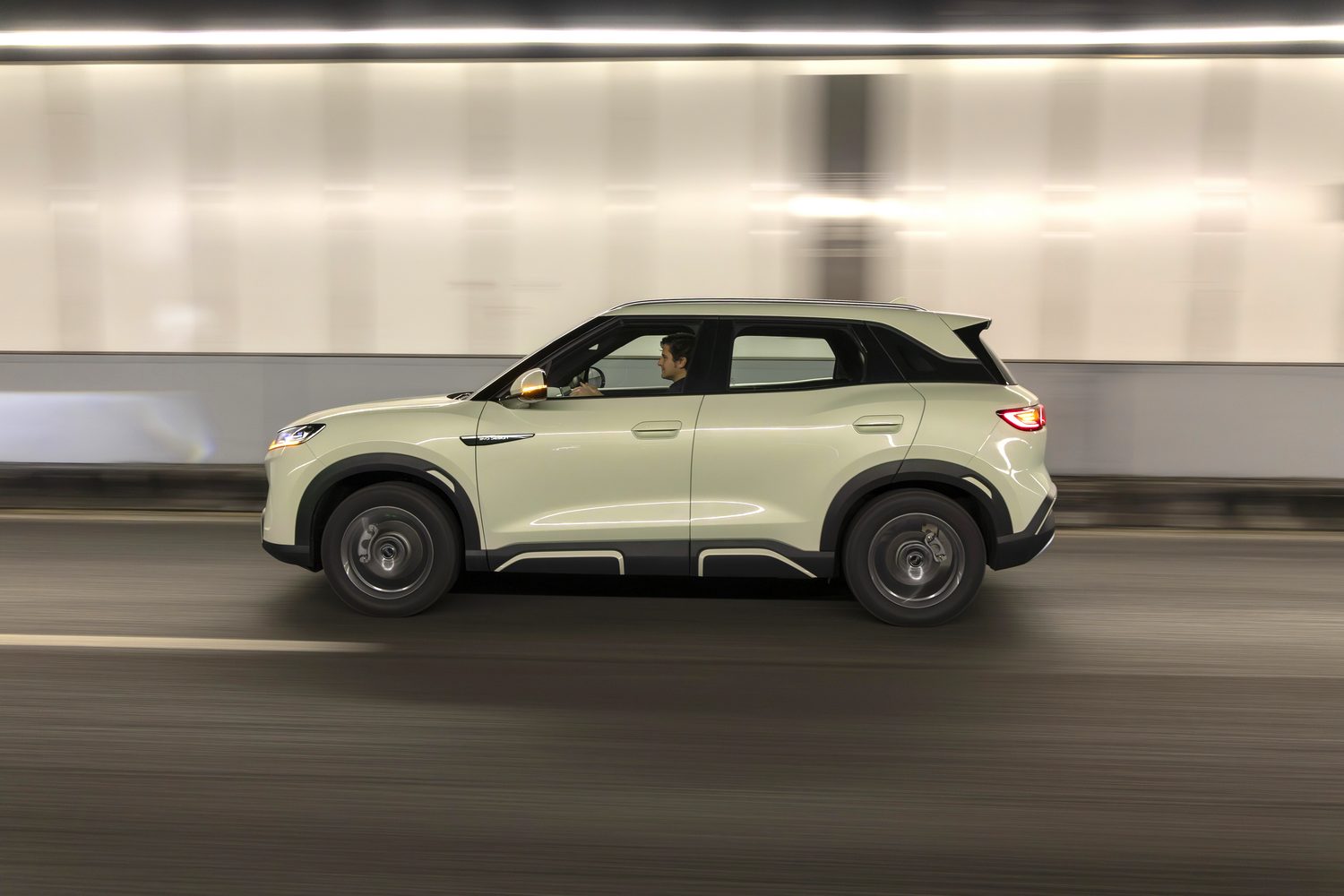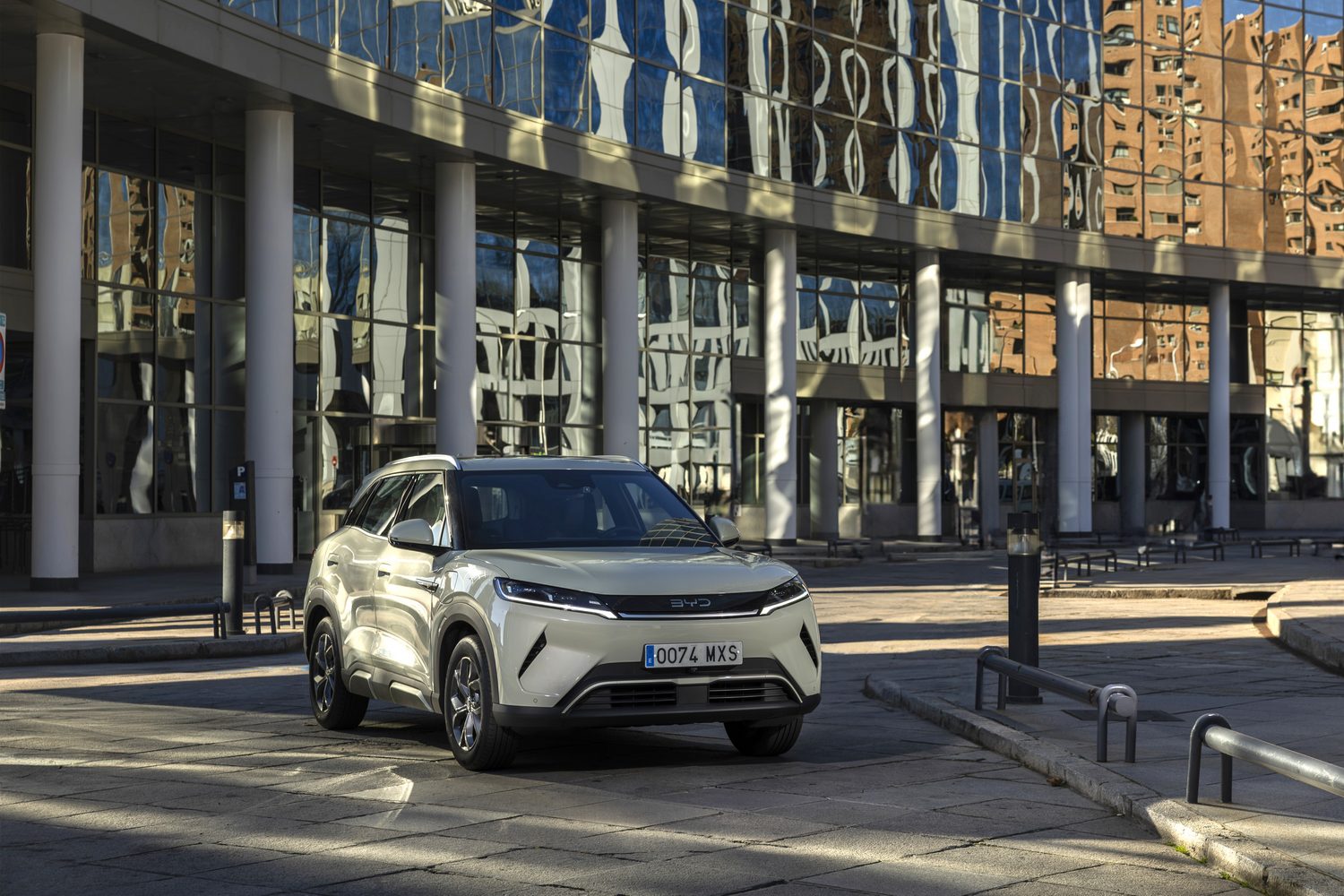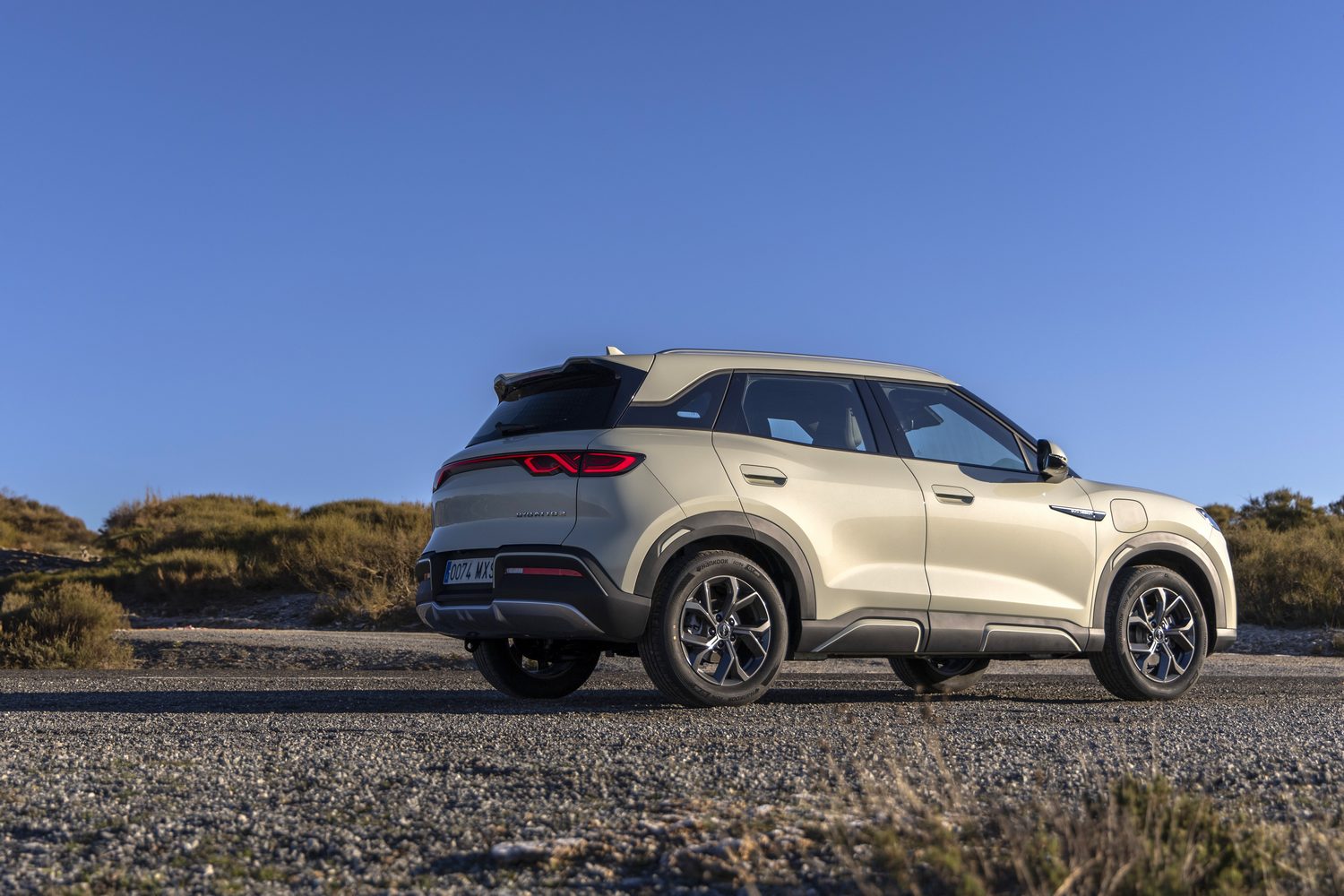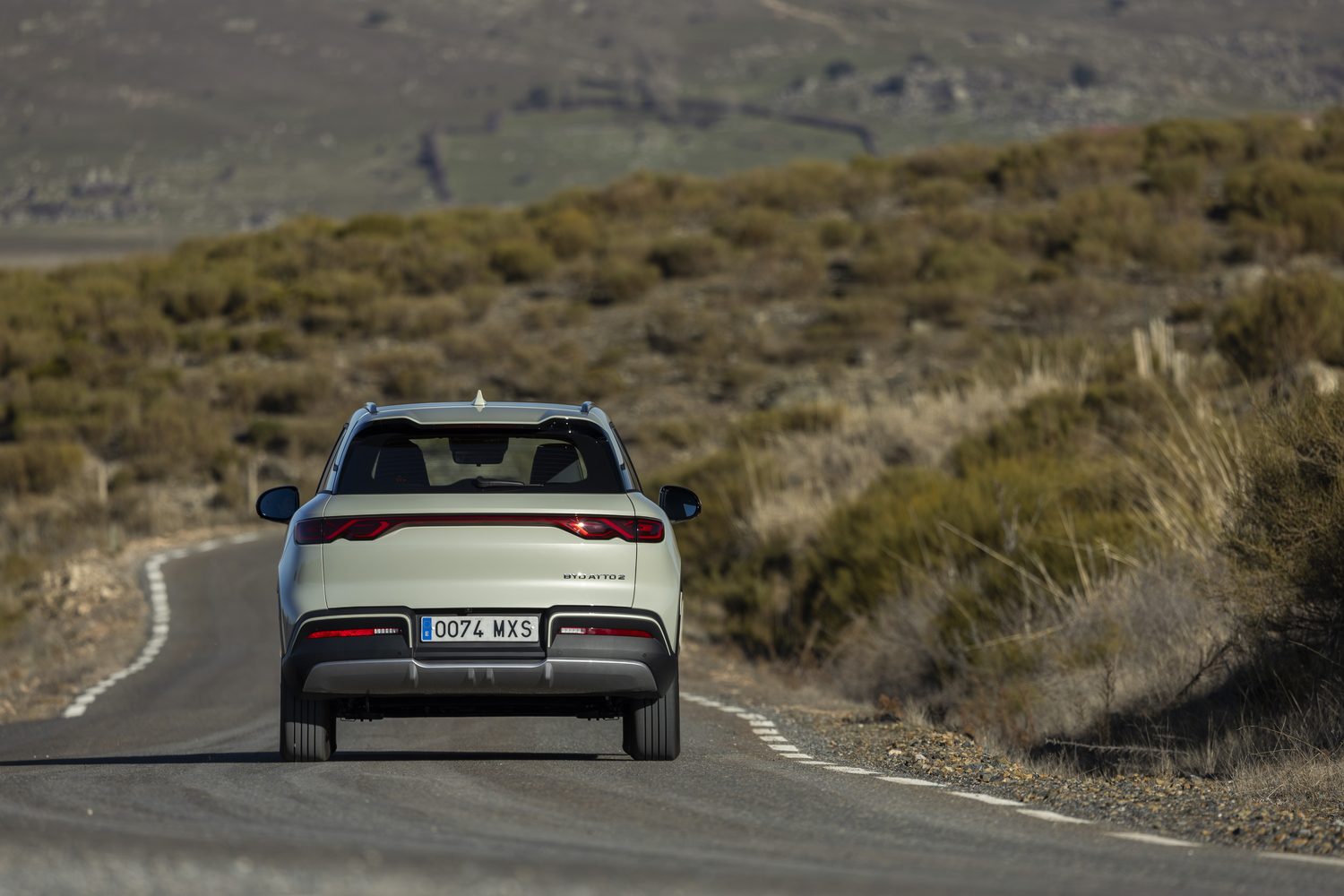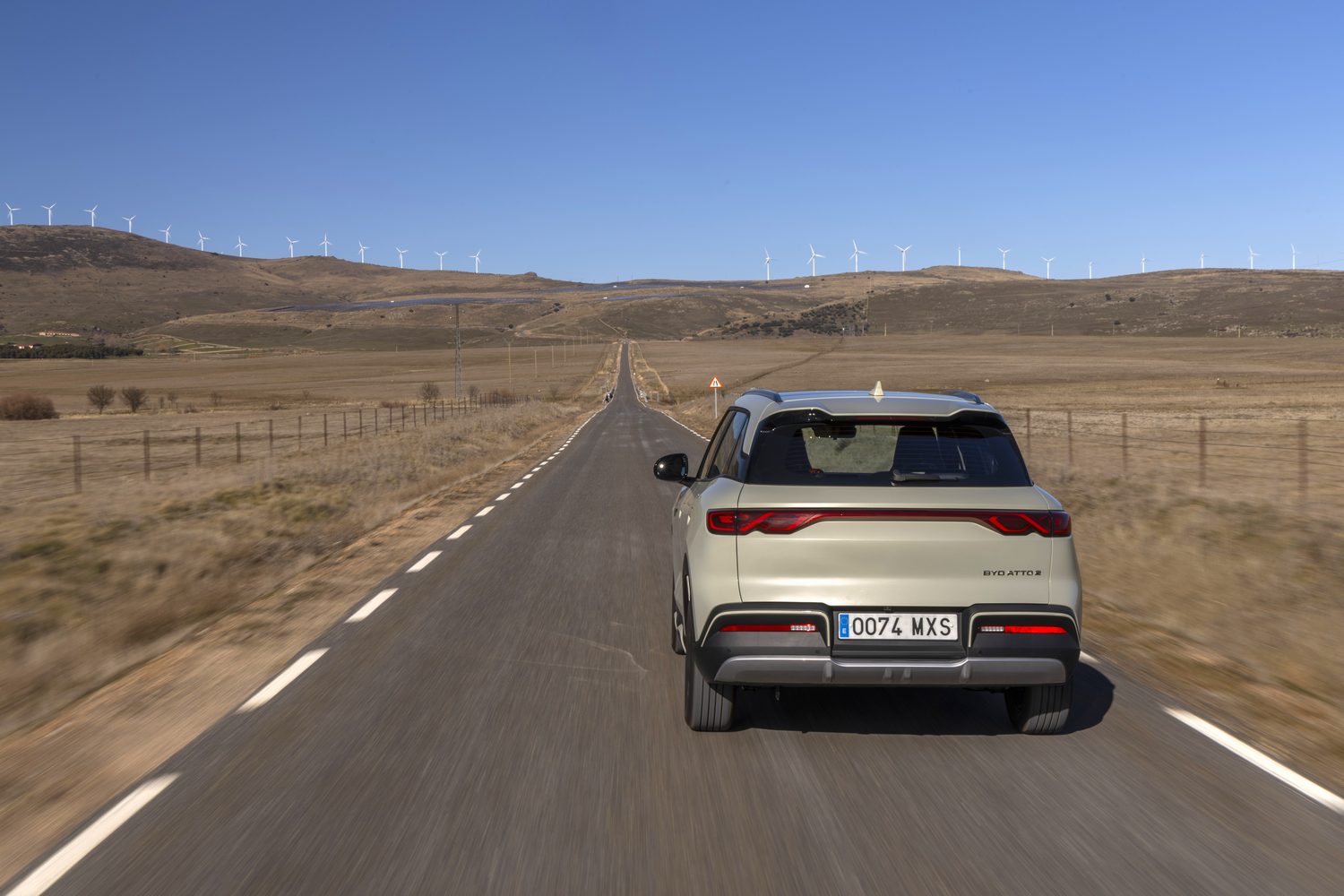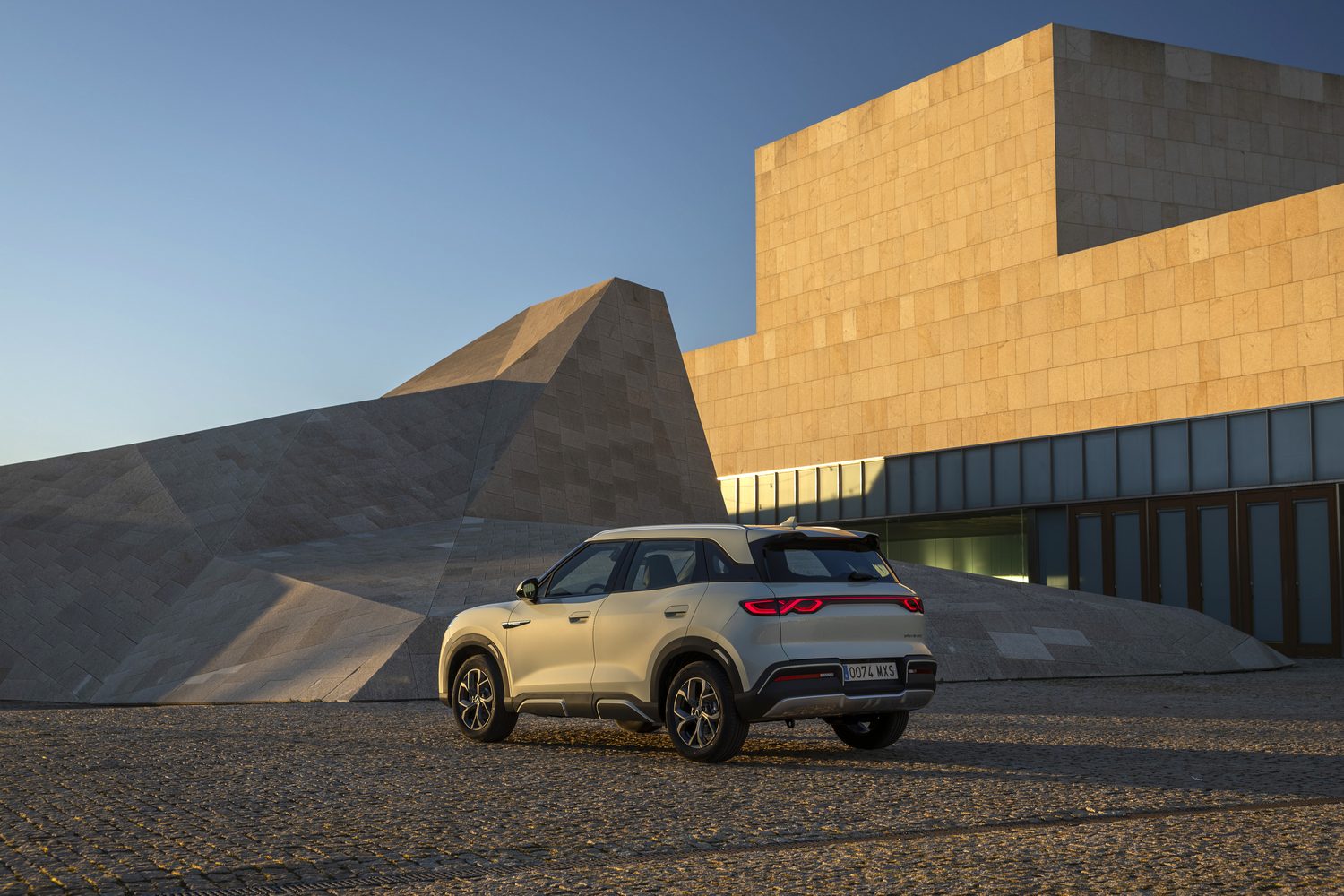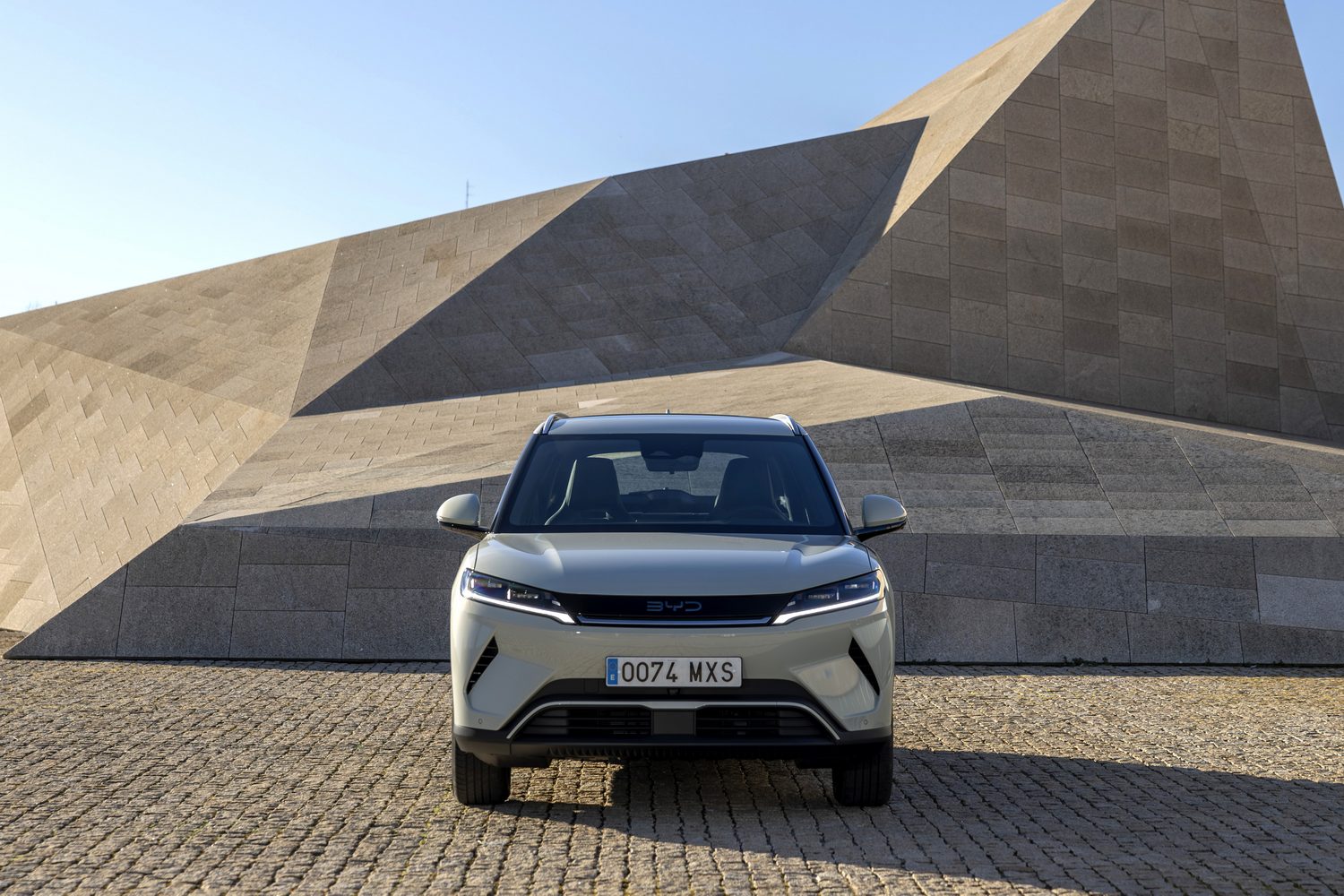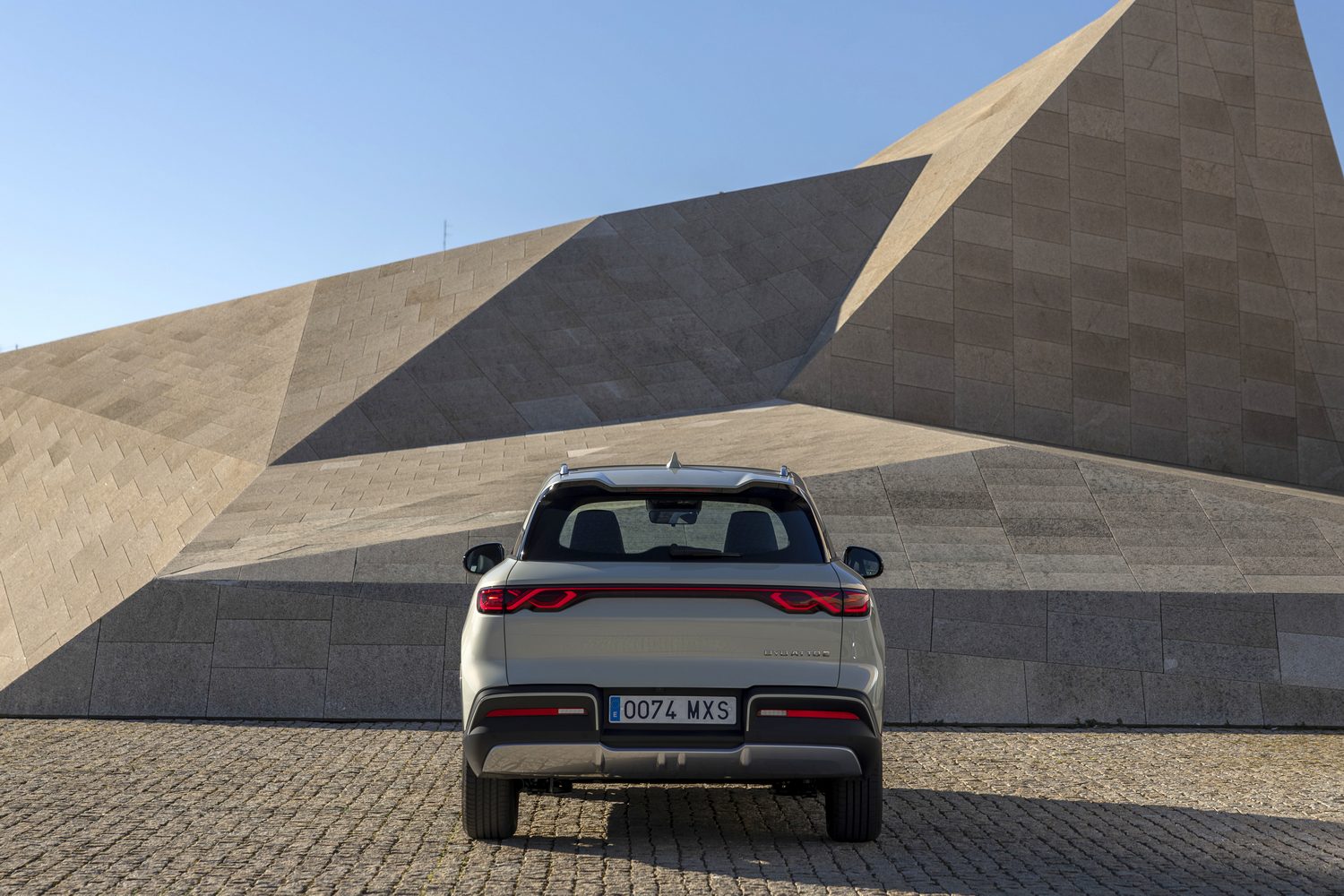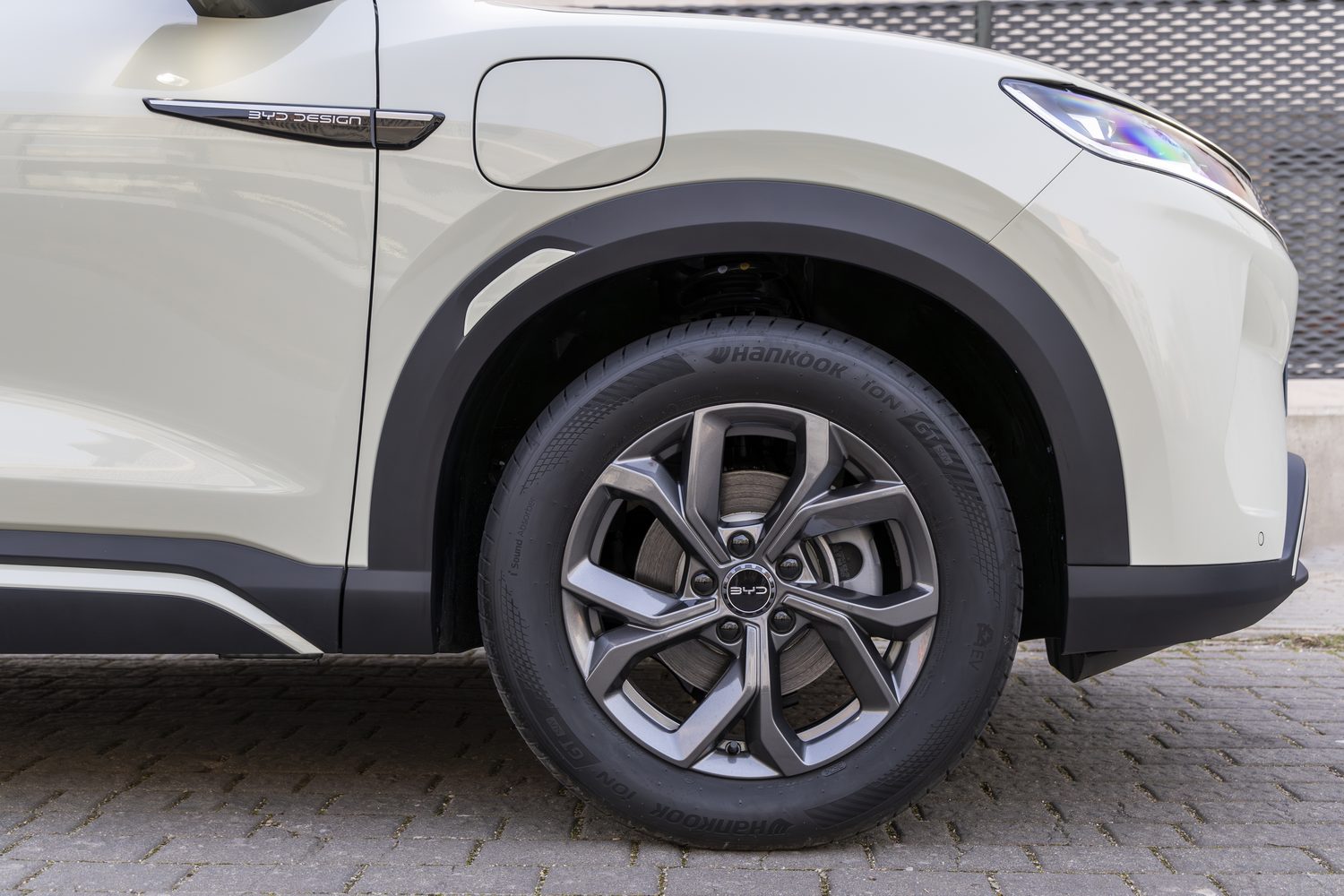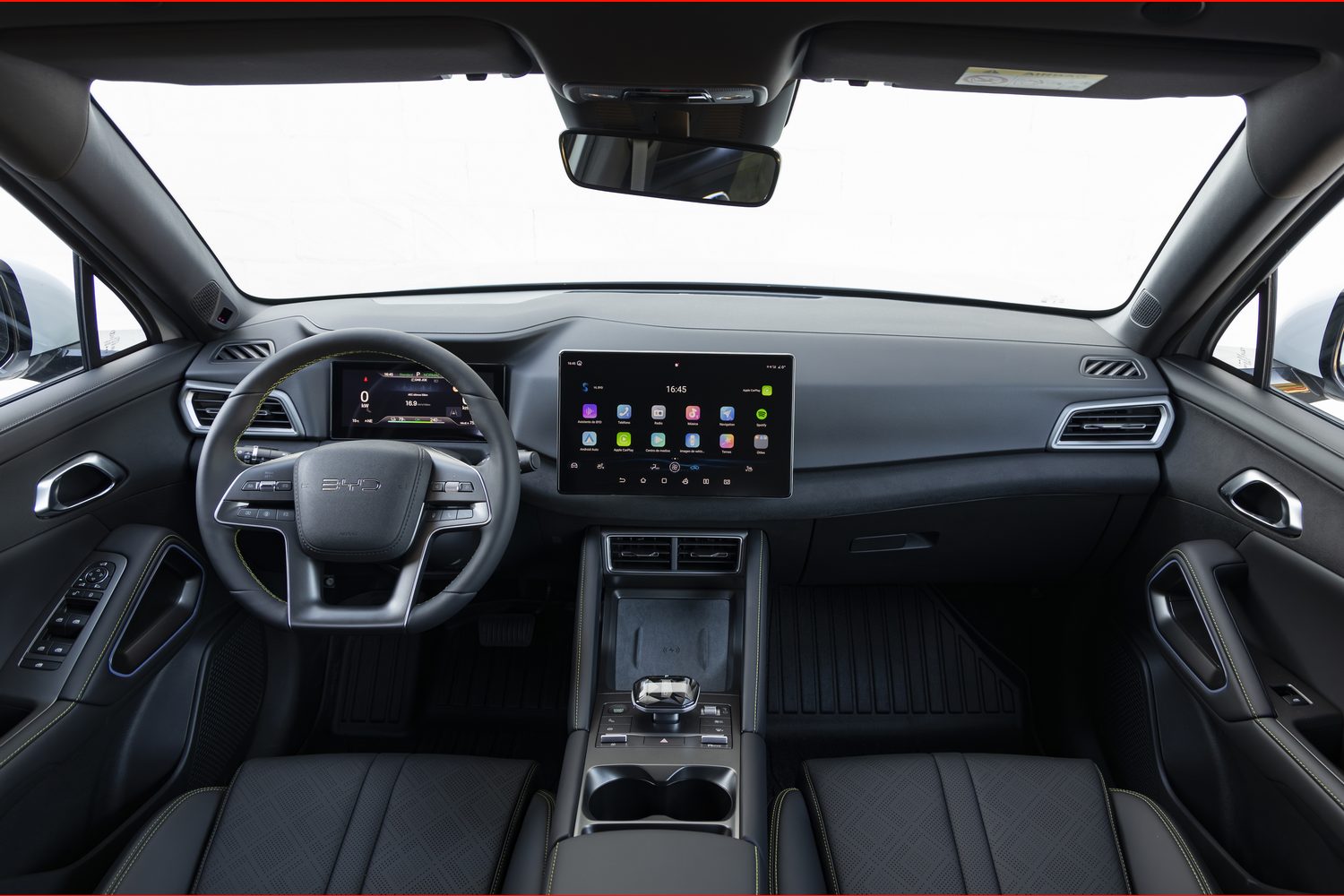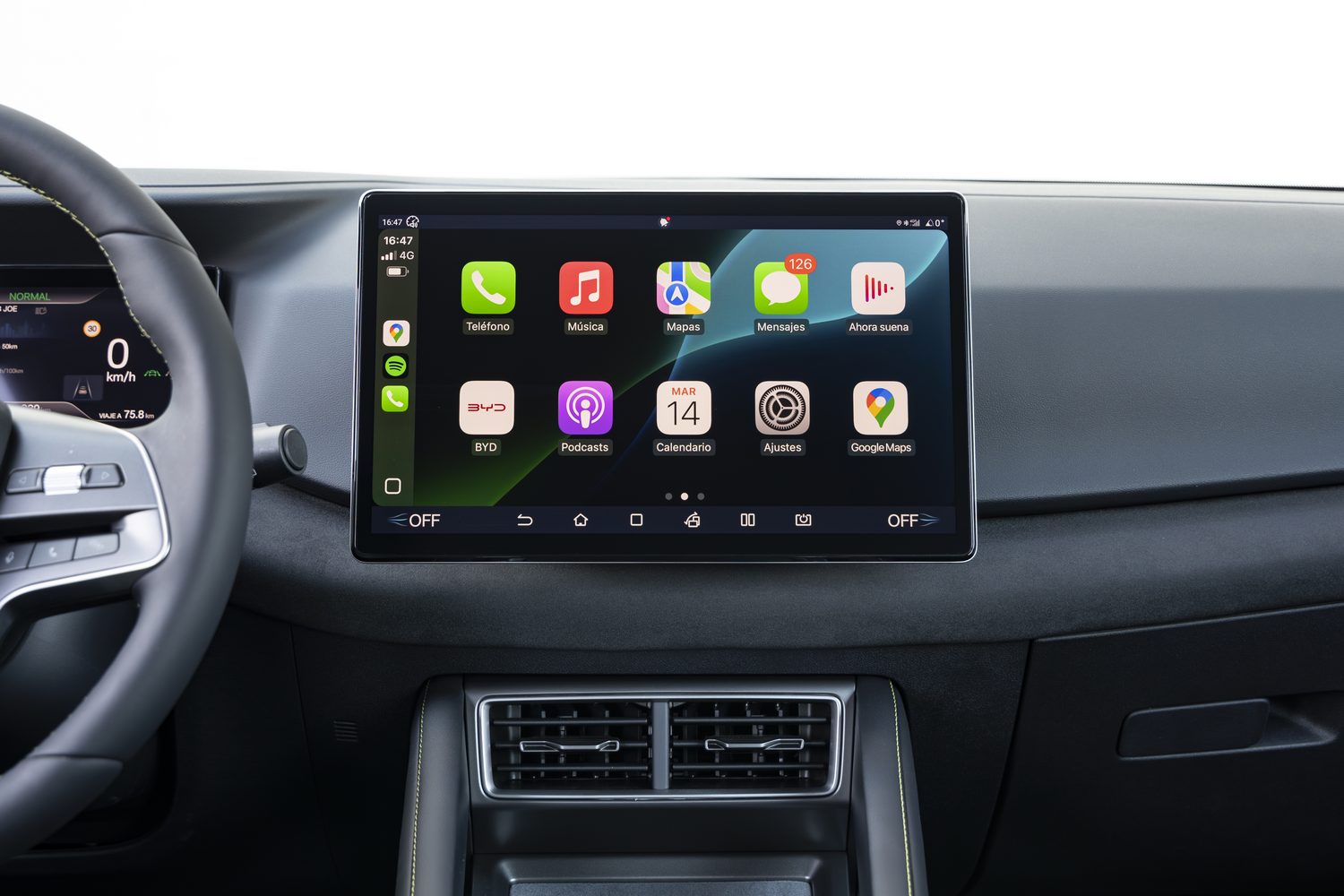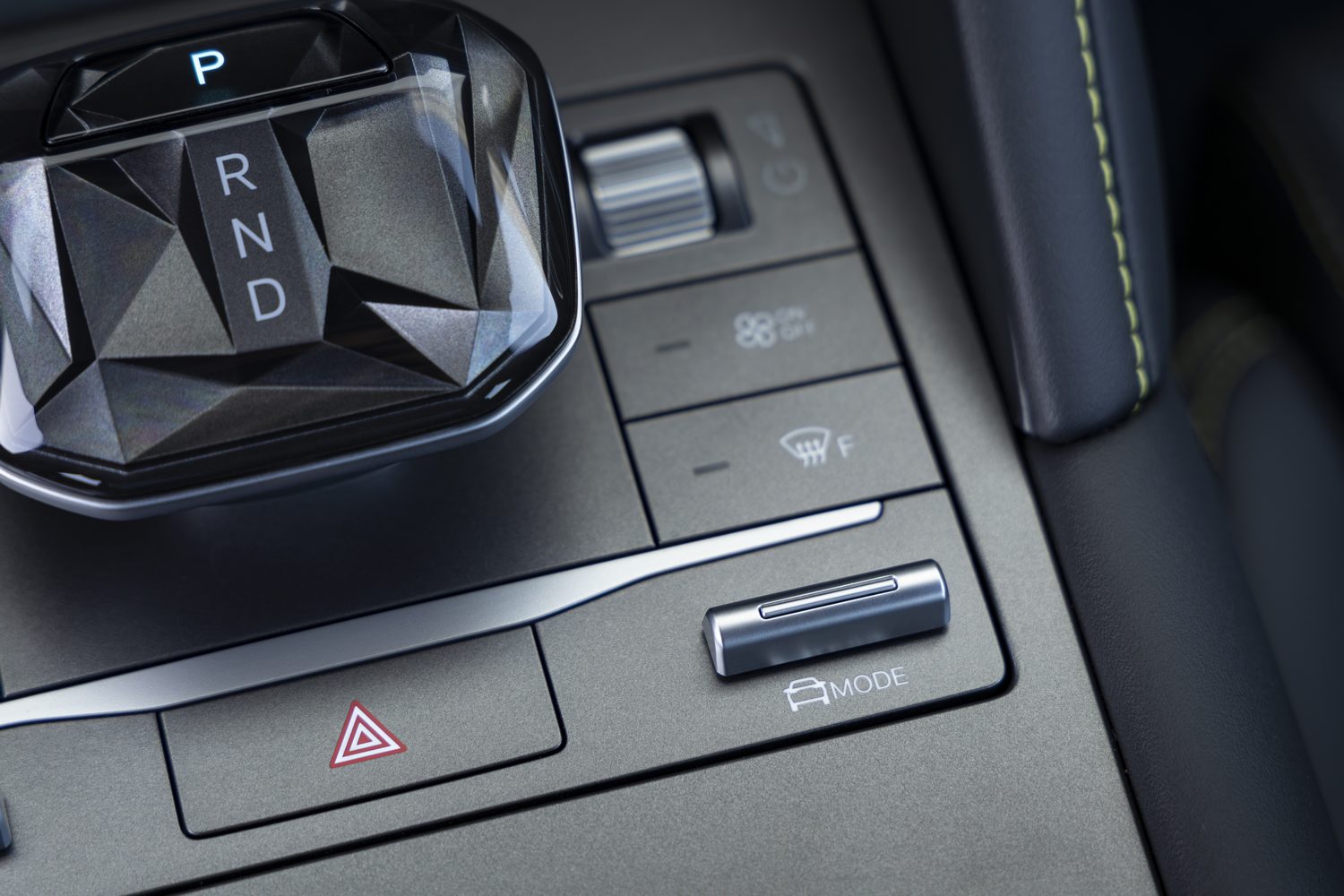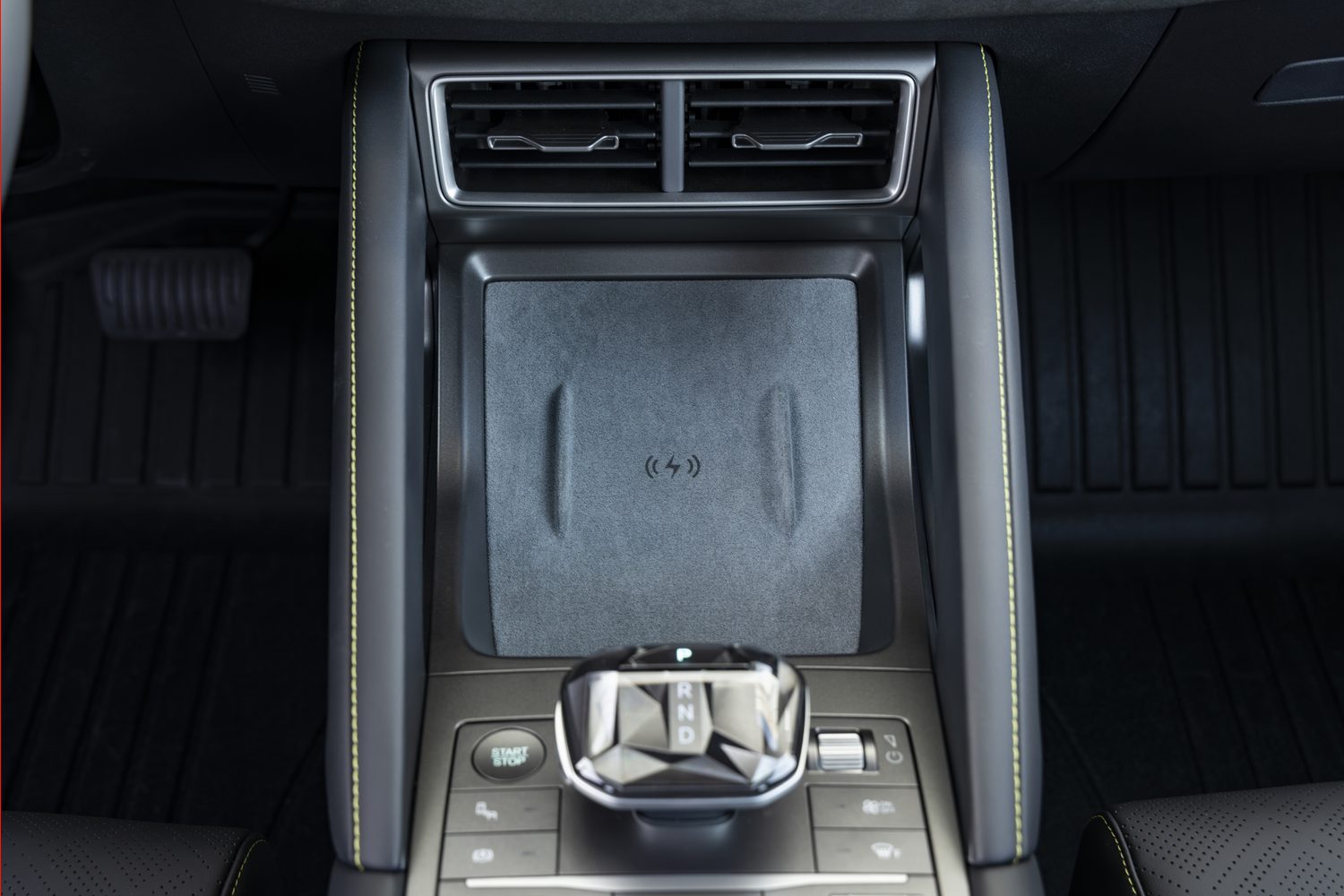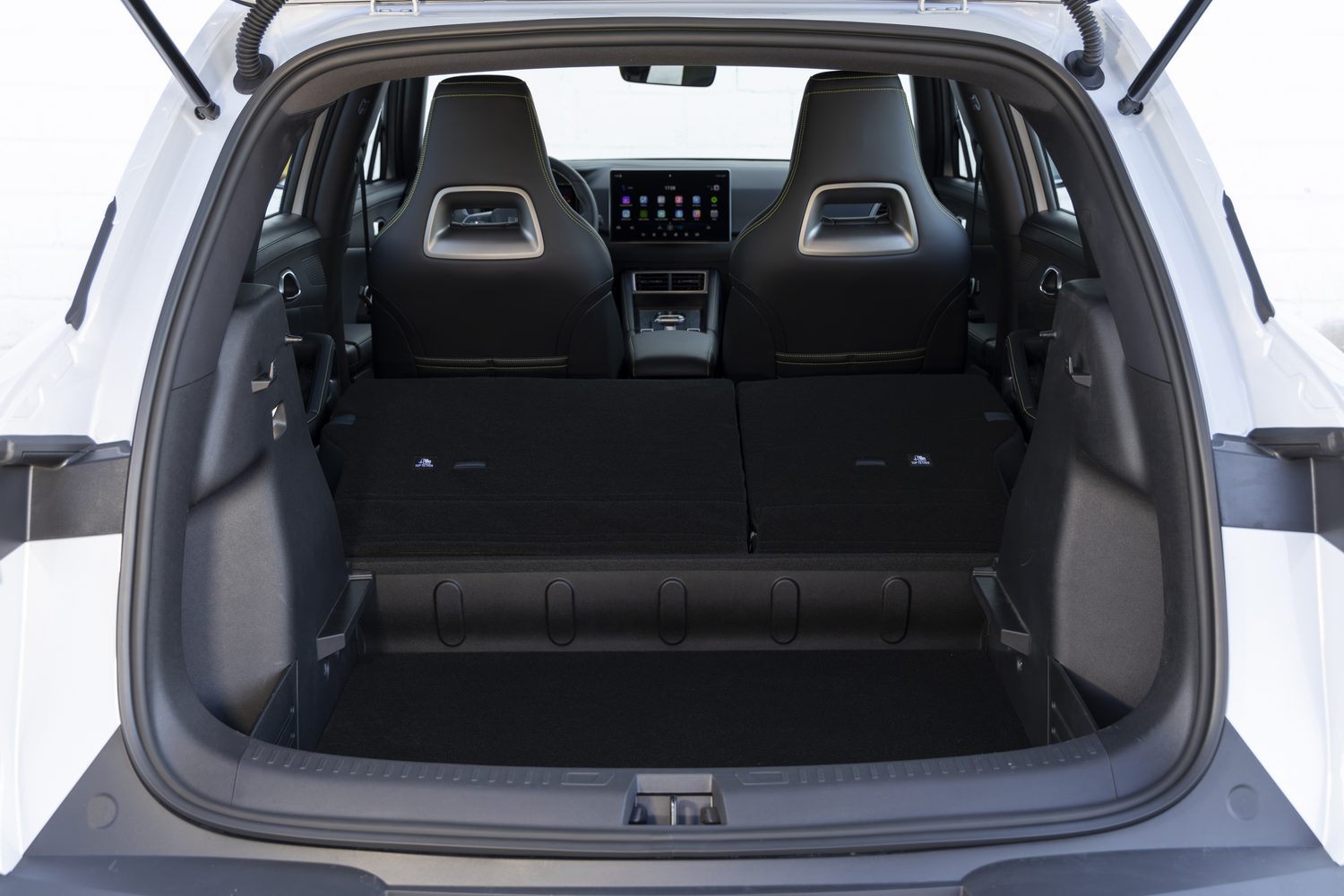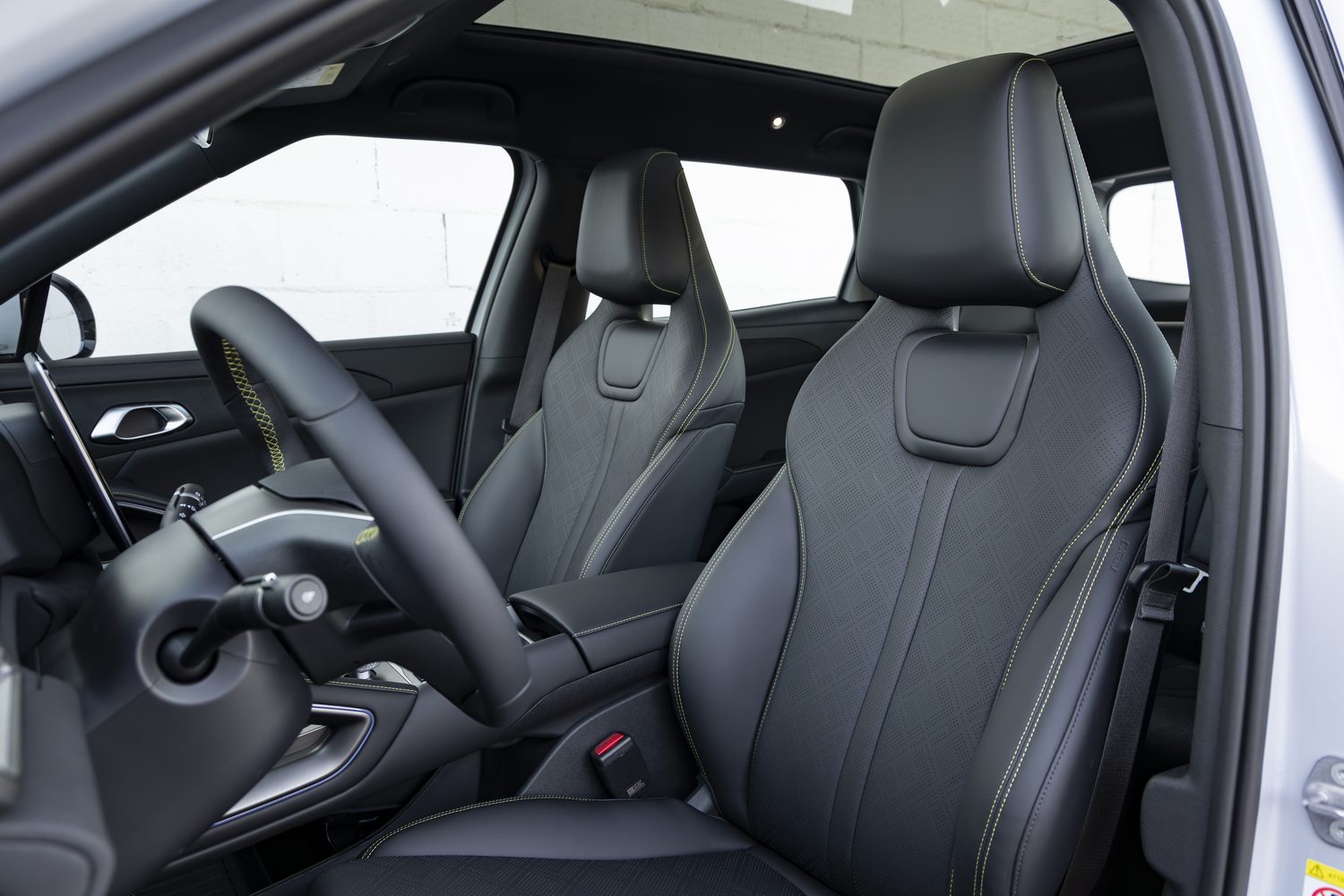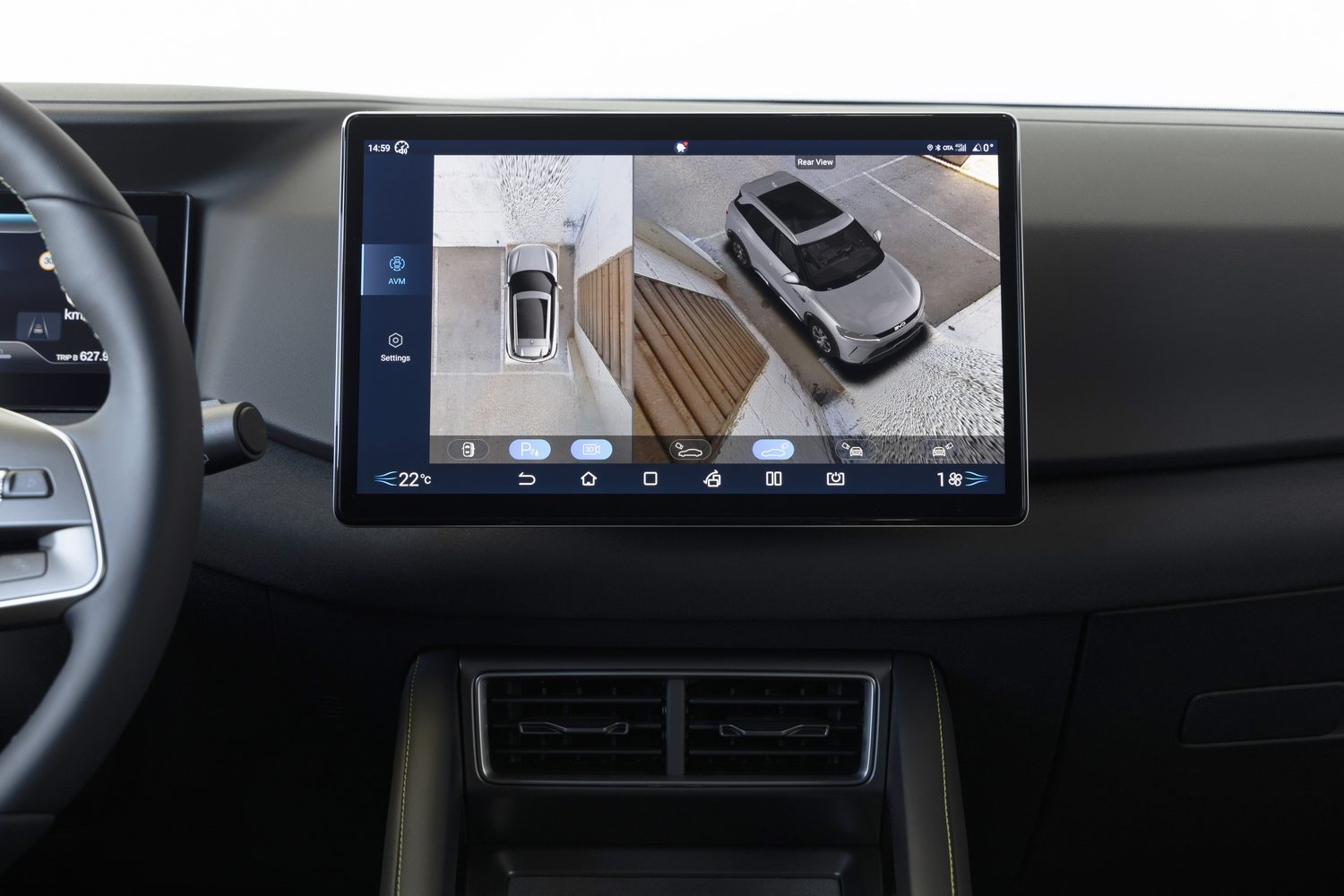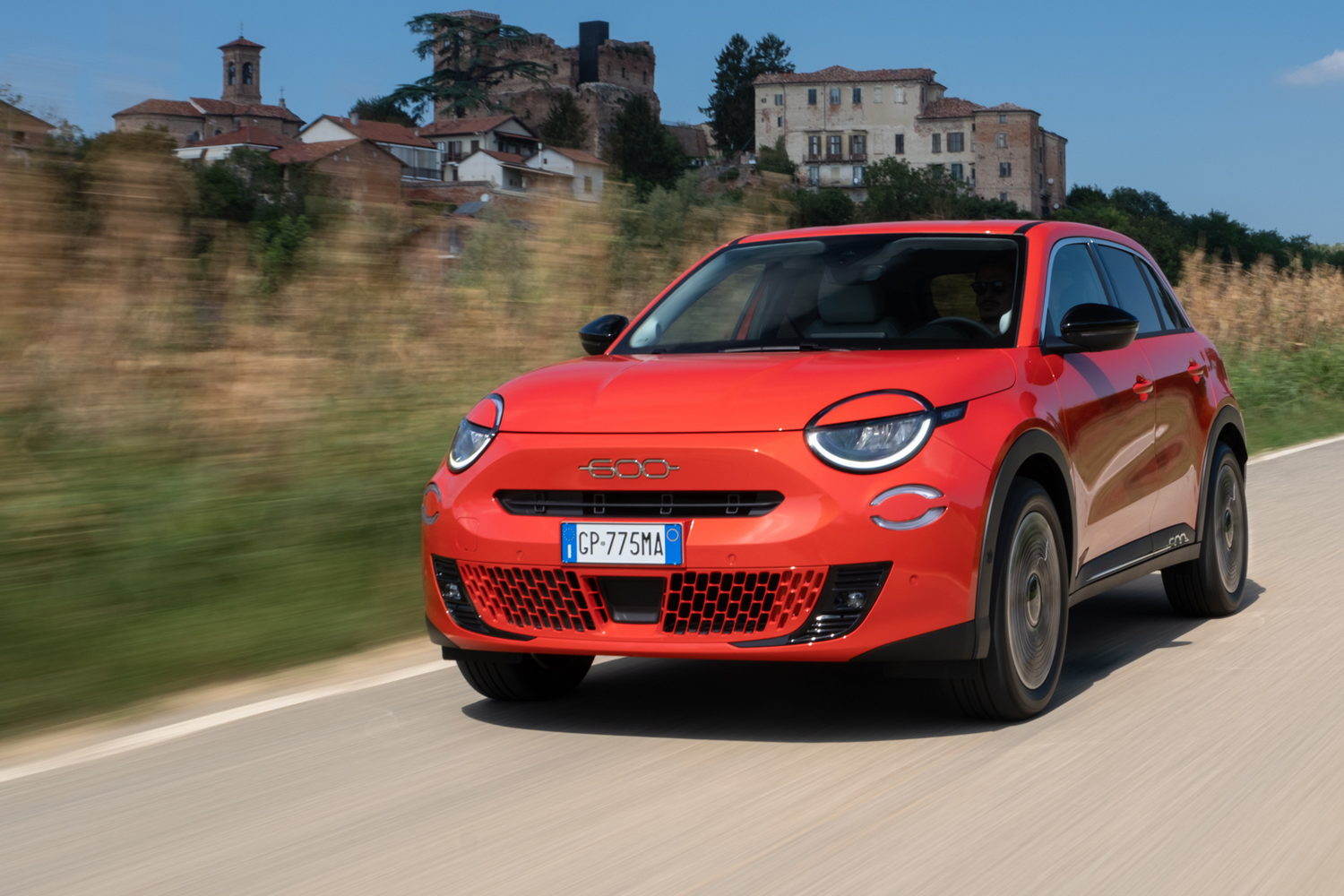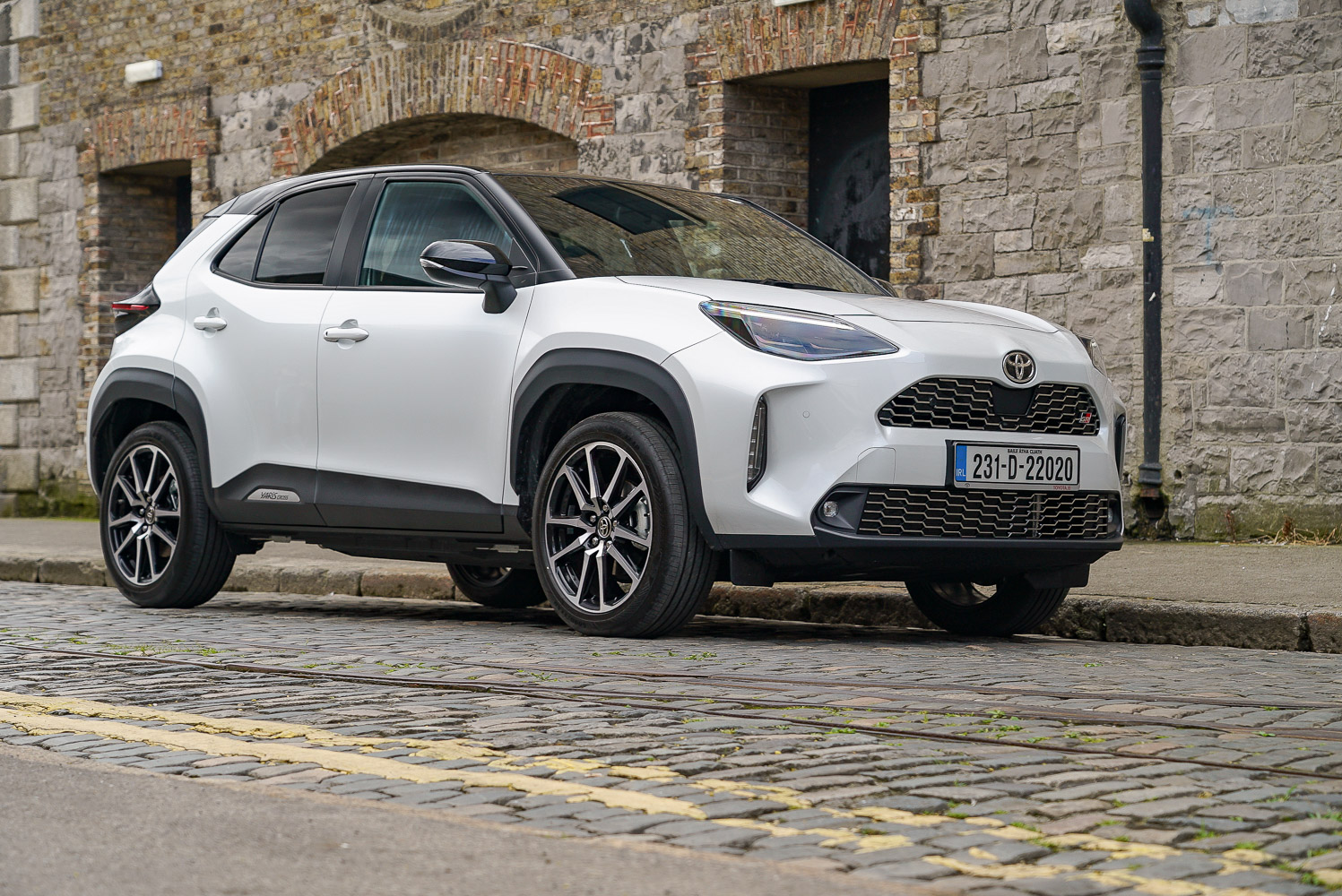BYD has already carved out a successful niche for itself in the Irish car market. That ought not to be a surprise, given that BYD is one of the biggest electric and hybrid car makers of them all, and it has achieved staggering success in the relatively short time that it has been making and selling cars (rather than batteries, which is how the company started out).
Put it this way - BYD took 13 years to sell its first million cars, but it recently hit 10 million total ‘New Energy Vehicle’ sales (that’s how the company refers to its hybrid and fully electric models) and getting from nine million to ten million took only two months. Little wonder that European and Japanese brands quake a little in their loafers when they think of BYD.
BYD’s first car in Ireland was the Atto 3, a mid-sized electric SUV with slightly bland styling but with impressive EV performance and range, and a tempting price tag. Since then, the brand has concentrated on its more stylish models named for sea creatures, such as the Dolphin hatchback and the various Seal models, but now there’s a second Atto, the Atto 2.
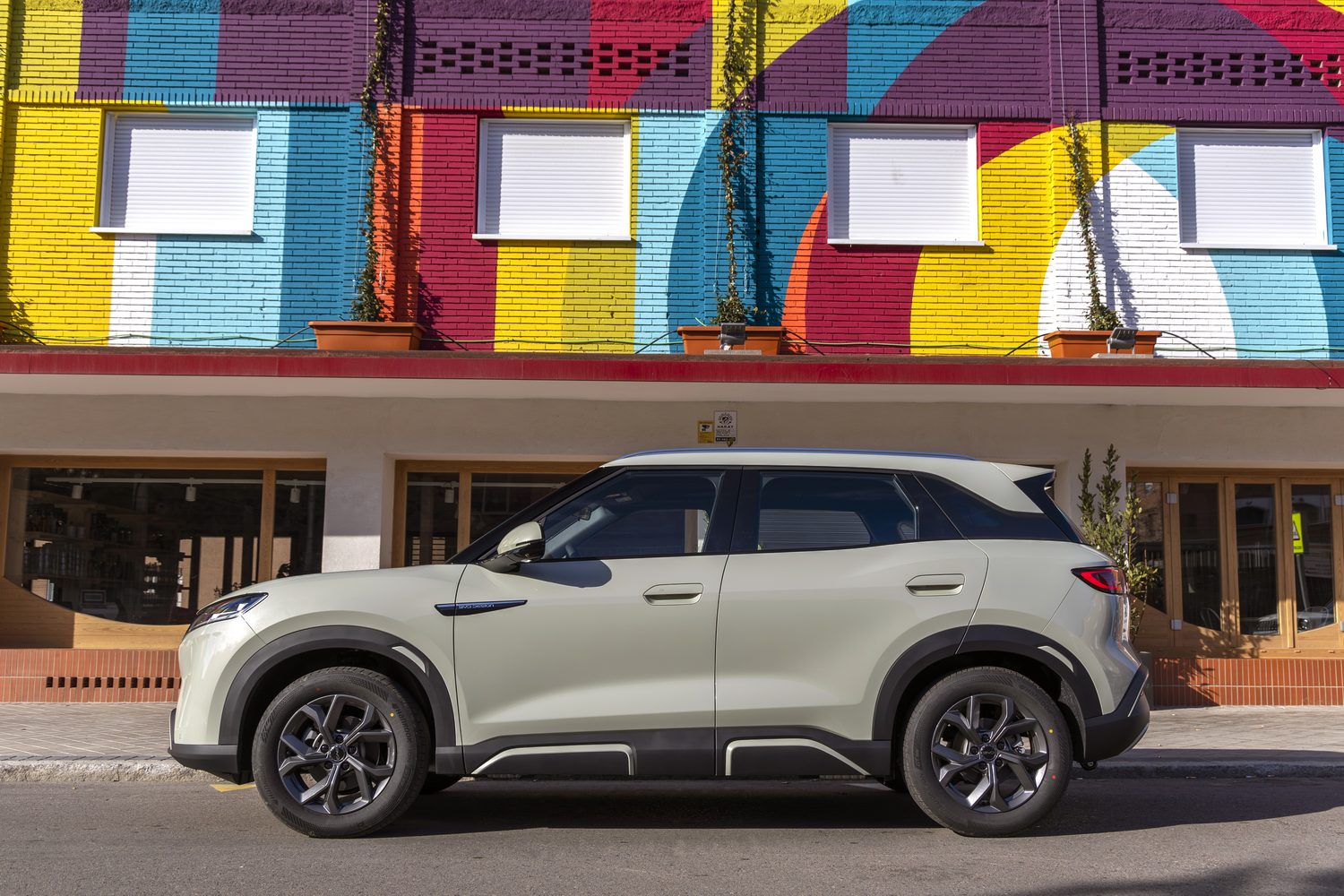
The all-electric Atto 2 moves BYD into a hugely competitive end of the car market, sizing up against not just EV rivals such as the Jeep Avenger, Fiat 600e and Opel Frontera, but also against more conventional hybrid-engined cars such as the Nissan Juke and the big-selling Toyota Yaris Cross. That makes it a hugely important model for the Chinese car maker, and also an interesting bellwether - can buyers who would normally plump for hybrid power in this market be tempted to go electric instead?
The Atto 2 gets off to a decent start with its styling, which isn’t thrilling (and which includes notable likenesses to cars from Honda, Smart and even Citroen), but which is neat and pleasant, and which looks particularly smart in the ‘Hiking Green’ paint of our test car.
How much is the BYD Atto 2 in Ireland?
We don’t know yet, as the Atto 2 won’t arrive in Ireland until the summer, and prices won’t be set until nearer that time. However, we can infer likely Irish prices from the fact that in many European markets, the entry-level ‘Active’ spec Atto 2 starts at just under €30,000. The higher-spec ‘Boost’ model, which we’re driving here, is around the €31,000 mark and later in the year there will be a ‘Comfort’ model which will get a bigger battery, a 435km range, and a price tag of probably around €37,000. These are all competitive prices, not least given that BYD fits a lot of standard equipment to the Atto 2. Irish prices will be announced at the car’s July launch.
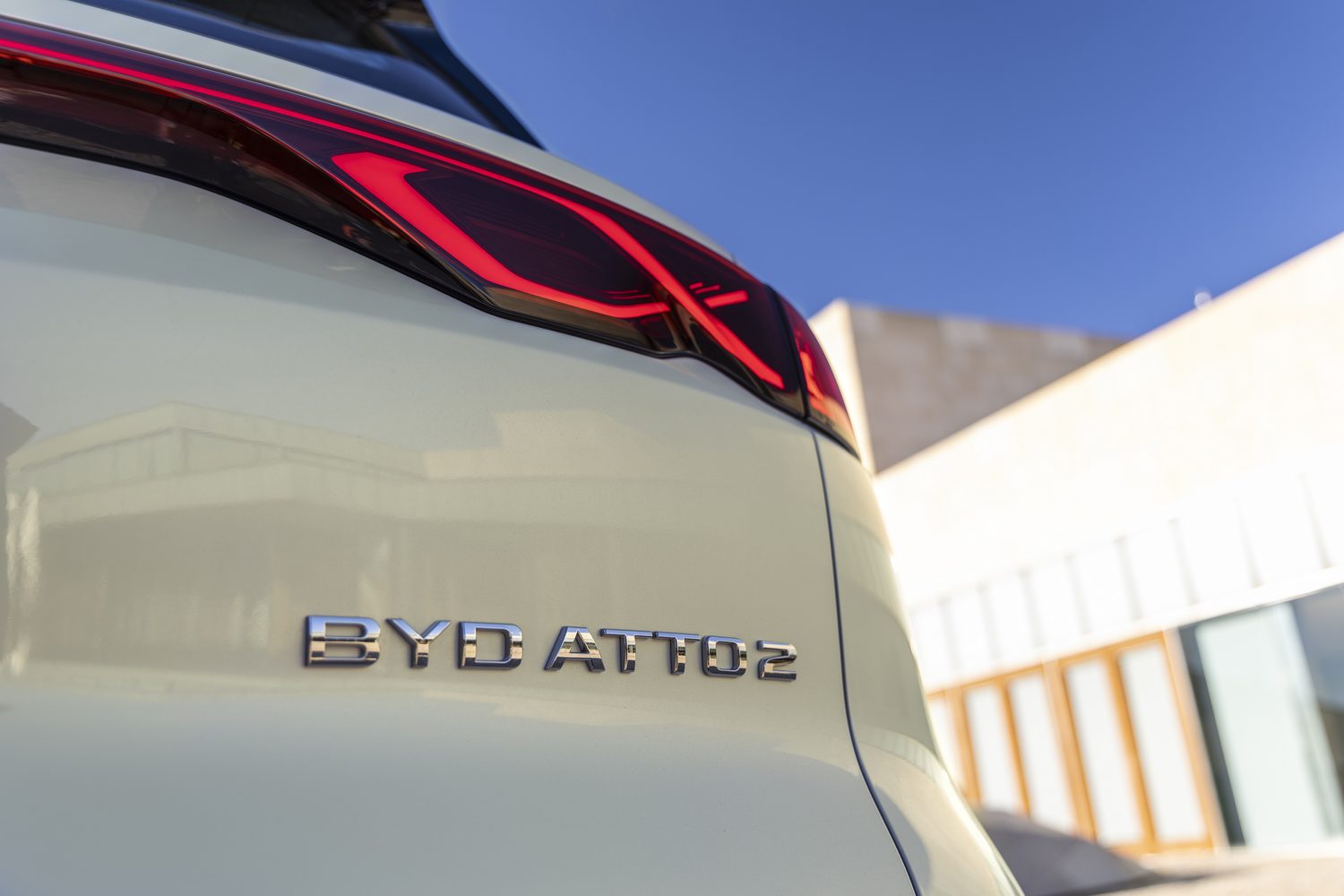
Standard spec for the Active version (bearing in mind the caveat that Irish specs have not yet been announced) includes a panoramic glass roof, 17-inch alloy wheels, synthetic leather upholstery, a 10.1-inch rotating infotainment touchscreen and, crucially for winter months, a heat-pump heating system.
The Boost model, which we’re driving here, also has heated seats and steering wheel, ambient cabin lighting and a 360-degree parking camera.
A look inside the BYD Atto 2
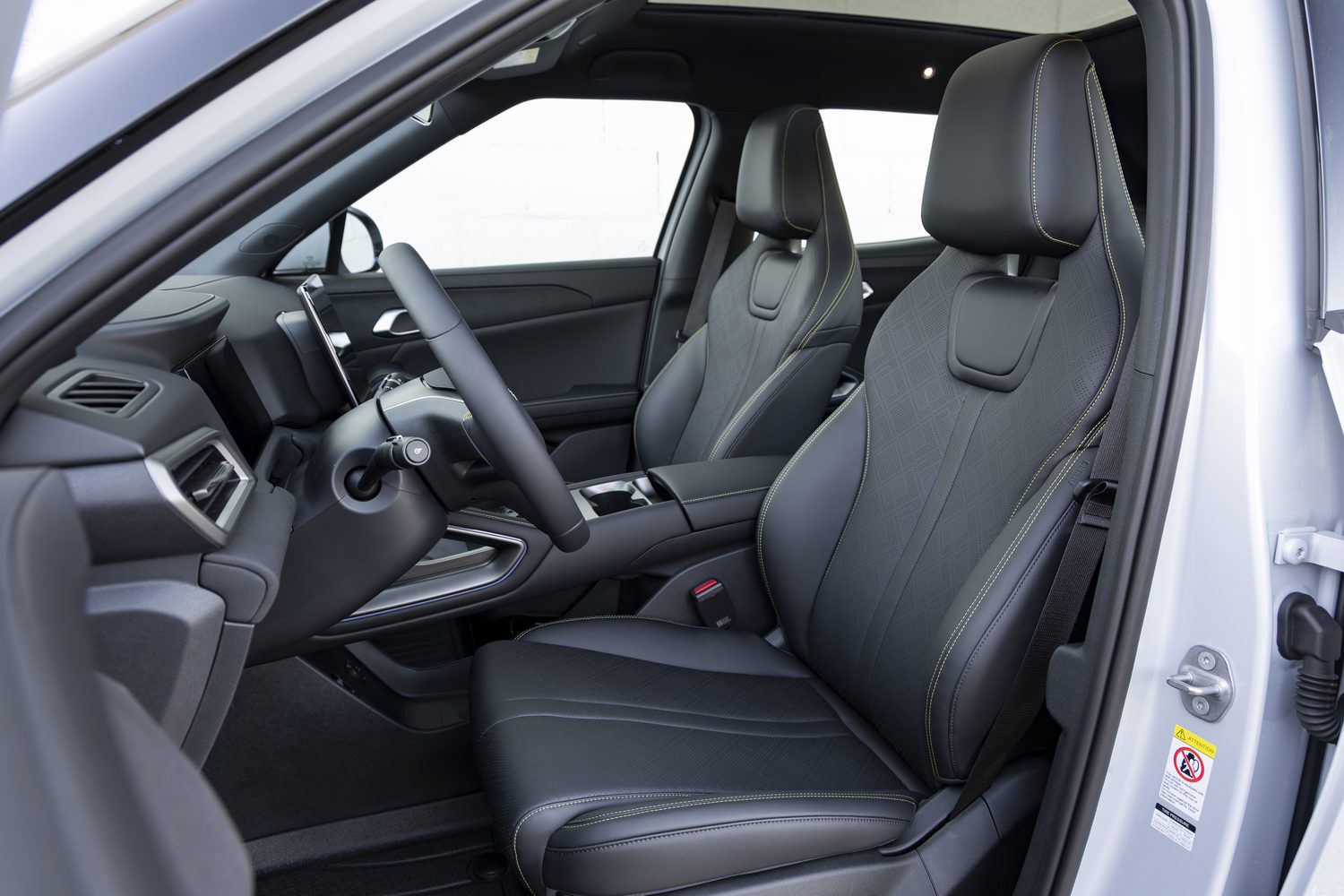
The Atto 2’s cabin might well be the strongest reason for buying it, not least because it’s classier than those from the (likely) similarly priced Opel Frontera and Citroen C3 Aircross.
That starts with the high-backed seats which come with a high-quality synthetic leather trim, which BYD insists on calling vegan leather. They’re very comfortable indeed. There’s a chunky four-spoke steering wheel, which feels good to hold, and a mushroom-like gear selector, which gets a slightly incongruous crystal-style finish. There’s plenty of storage space, both under the front seat armrest and in a larger open space under the centre console. The plastics used aren’t quite up to premium standards, but there is a sense of very high quality of assembly in the Atto 2, which puts it ahead of many of its rivals.

Space in the back is also very good, with plenty of kneeroom for taller passengers. Tall people in the back seat may find that their head just brushes the roof lining, thanks to the bulk needed for the retracting blind that goes with the panoramic roof, but for anyone up to about six-feet tall it should be more than sufficient. There are also large seatback storage pockets, which are subdivided so that you can stash smaller items such as a phone or an earbud case.
The floor is flat, but the centre rear seat is really only useable for short journeys as it’s quite narrow. Boot space, at 400 litres, is decent by the standards of the class.
All-round visibility is fine, although the large rear roof pillar can cause a blind spot when you’re reversing, but the Boost version’s 360-degree camera helps with that.
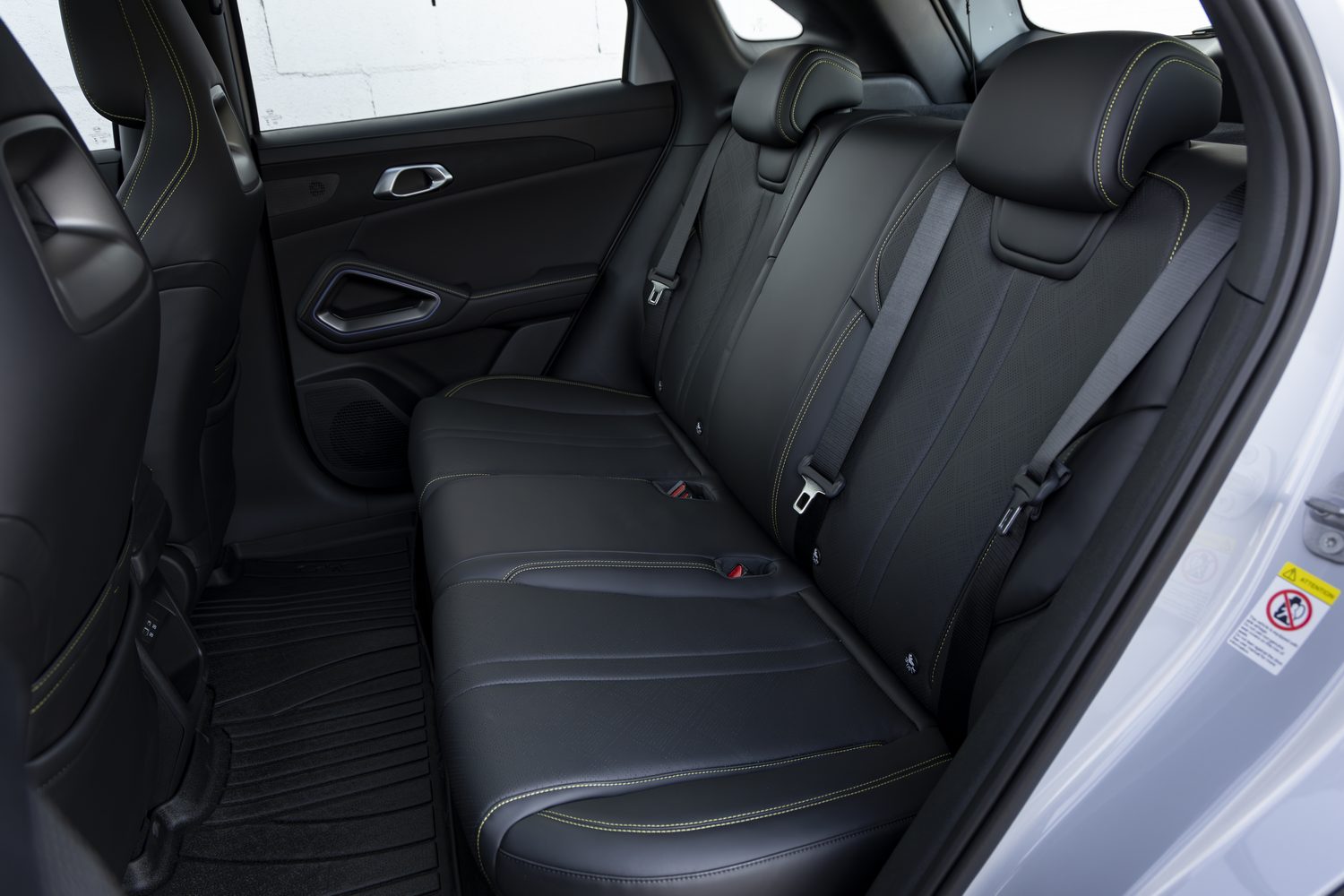
How many child seats can I fit in the BYD Atto 2?
There are two ISOFIX anchor points in the Atto 2, in the outer two rear seats. There’s no third mounting in the front passenger seat, but of course you can fit another seat in there using the seatbelt.
How safe is the BYD Atto 2?
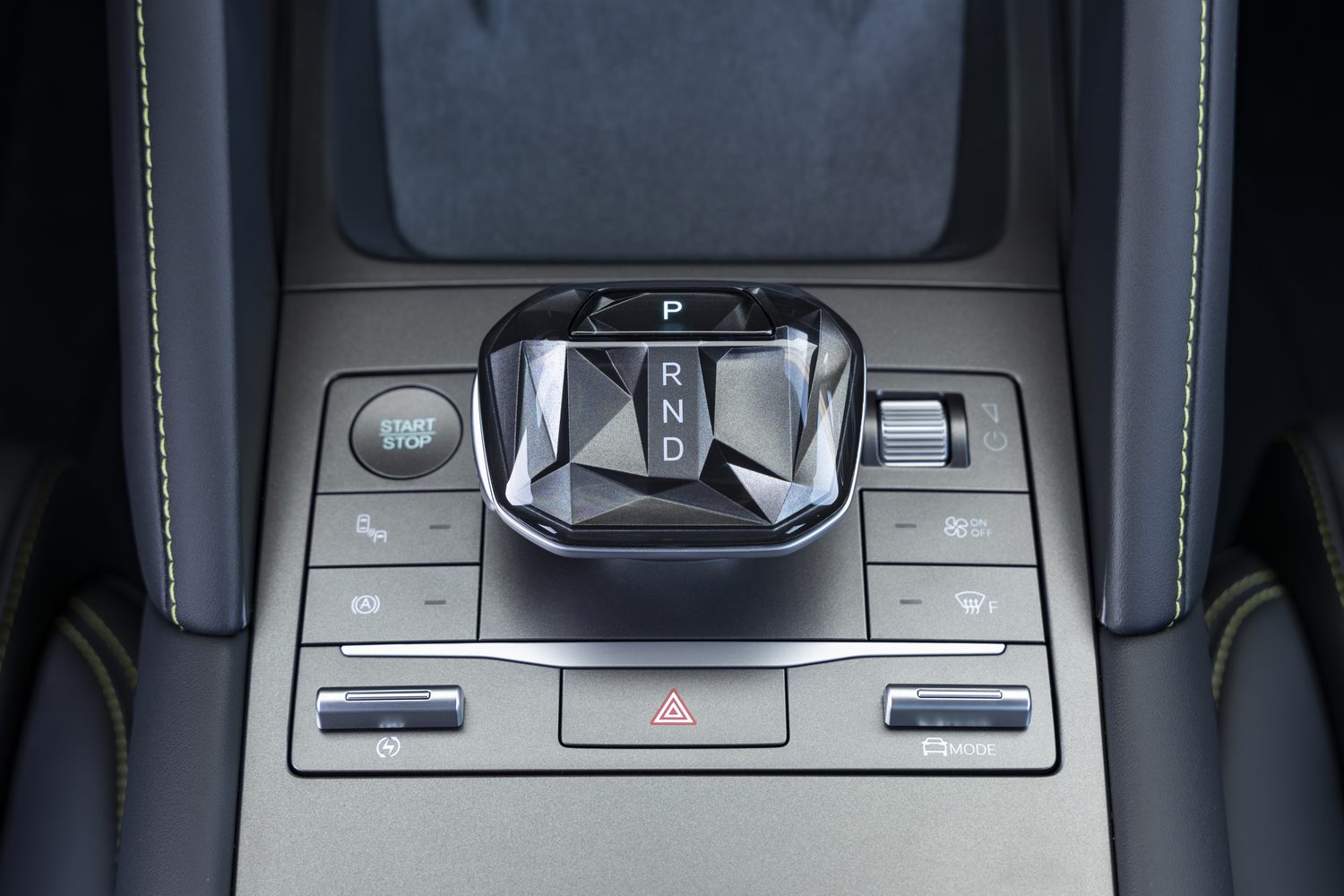
The Atto 2 hasn’t been tested by Euro NCAP yet, but the related Dolphin hatchback scored a maximum five stars when it was tested, so there’s no reason to suspect that the Atto will perform poorly when it is assessed. BYD makes much of the fact that its ‘Blade’ battery pack is integrated into the structure of the car (cell-to-body technology, as BYD calls it) and how that improves and strengthens the crash structure.
In terms of electronic driver aids, the Atto 2 comes with a full suite of digital helpers, including lane keeping steering, speed limit warning, blind-spot warning and adaptive cruise control.
The BYD Atto 2’s on-board technology
You can specify the Atto 2 with a built-in karaoke system. OK, that’s it, we can all go home now. A karaoke system means this is our car of the year.
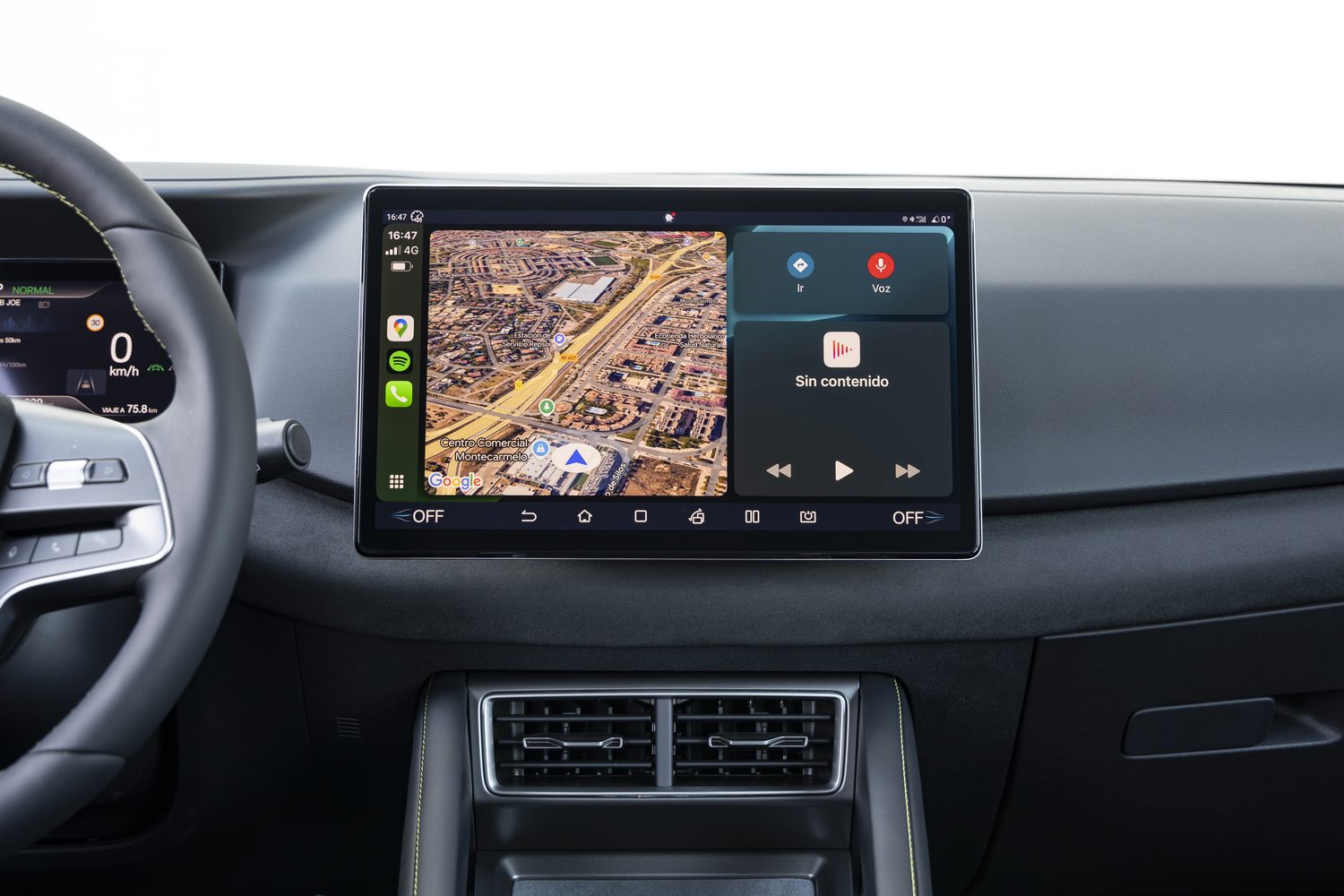
OK, maybe not quite. BYD has also given the Atto 2 some extra on-screen functions, such as built-in Zoom, YouTube and games, to help you pass any time spent at charging points.
Away from such fripperies, there’s something more significant going on. The big screen in the centre of the dash measures 10.1 inches across in the Active model, or 12.8 inches here in the Boost version of the Atto 2. As with all BYD models, it has the slightly gimmicky rotating function, allowing you to turn it from landscape layout to portrait and back again (although, annoyingly, you can’t rotate the screen away from landscape if you’re using Apple CarPlay or Android Auto).
There is some physical switchgear, including a stop-start button, a pair of toggle switches for changing the driving mode or altering the regenerative braking, and shortcuts for the windscreen defrosting, but the big change is in how the touchscreen works. At last, BYD has updated the screen software so that the bar at the bottom of the screen containing the air conditioning controls stays on the screen no matter which other functions you’re using. That’s good, but better yet, that bar - and another drop-down menu accessed by swiping down from the top of the screen - are customisable, so you can set them up the way you want them.
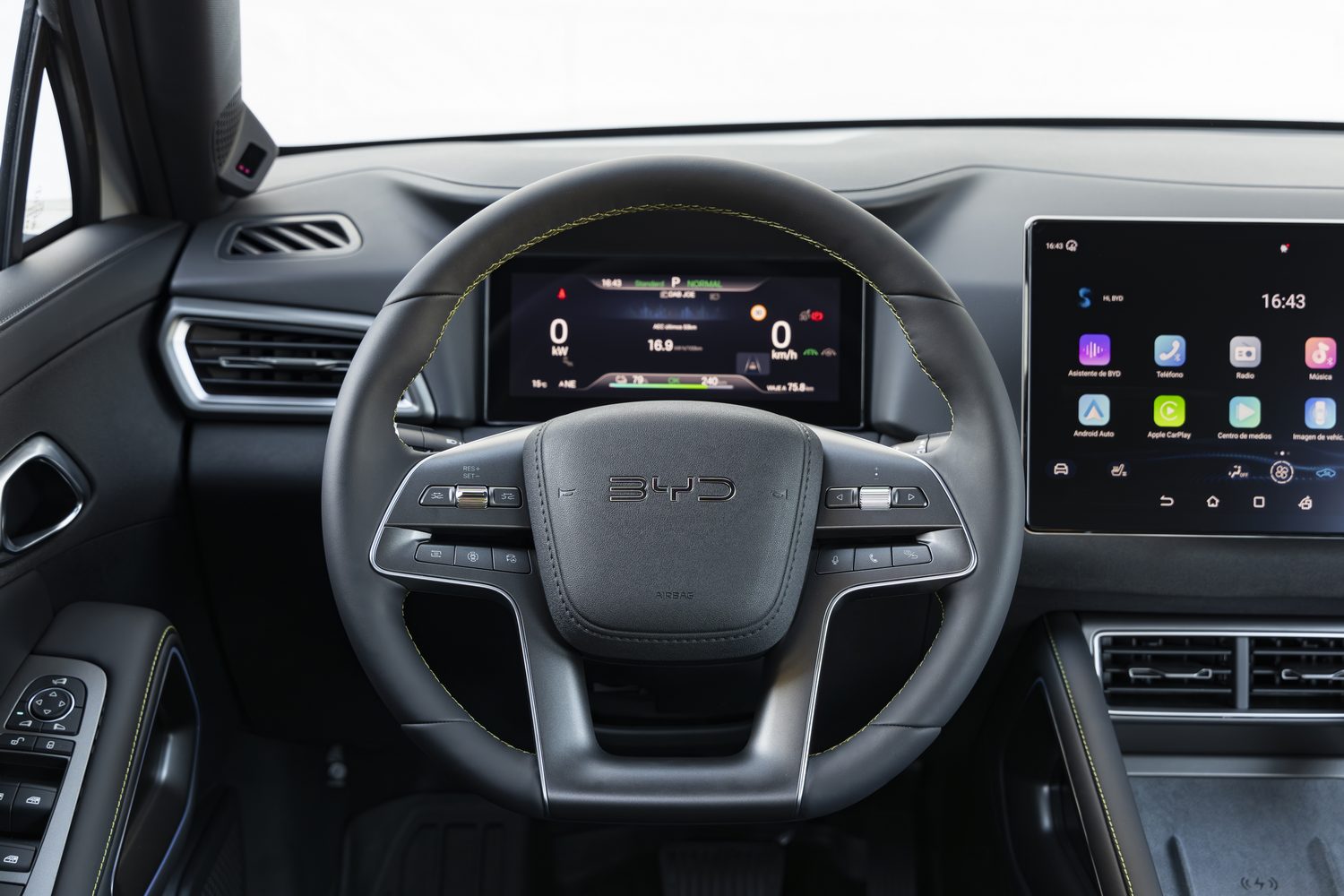
That’s not the only clever bit, though. BYD might have actually sidestepped our usual grumble about not having enough physical buttons by adding a multi-touch function to the screen. So, you can now swipe up or down with three fingers, anywhere on the screen, to change the cabin temperature, while a left-to-right three-finger swipe changes the fan speed. It’s a clever touch, and one that minimises on-screen distraction while driving. There’s voice control too, although that can be as flaky as ever. BYD will be sending this multi-touch software update to its existing models as an over-the-air download in the coming months.
The digital instrument screen behind the steering wheel is quite good, although the display is a bit busy and can look a touch crowded. More irritatingly, several times during our drive, Apple CarPlay mysteriously disconnected and took ages to come back to life - doubly annoying as we were using our phone for navigation on unfamiliar urban streets at the time.
Driving the BYD Atto 2
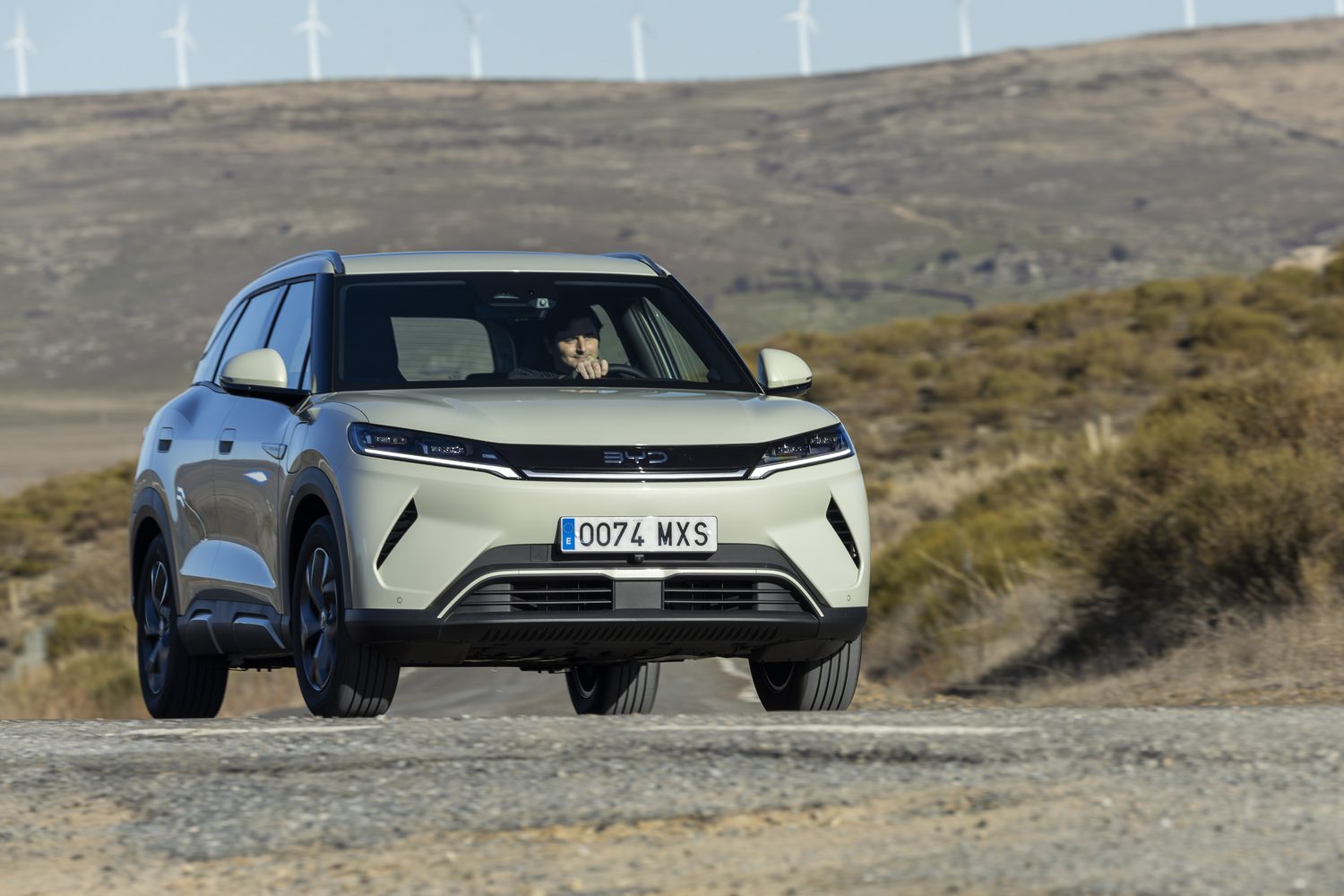
The Atto 2 is a compact car, measuring 4.3 metres long and 1.8 metres wide, and BYD was persistent in reminding us that it’s an urban SUV, designed for use in towns and cities, rather than fun to drive on country roads. Was that a case of managing expectations?
Up to a point, yes - and if you’re looking for raw driving thrills, look elsewhere, but the Atto 2 is entirely fine to drive. The steering is light and a touch rubbery (and it really doesn’t seem to matter which of the many driving modes you select), but the Atto 2’s relatively tight dimensions and upright styling mean that it’s easy to swish around town in, even on the congested and occasionally confusing streets of Madrid, where our test drive took place. The turning circle, just over ten metres, is sufficiently tight that manoeuvres in small spaces shouldn’t hold too many horrors for you (the parking sensors and cameras are hugely useful in this respect, of course).
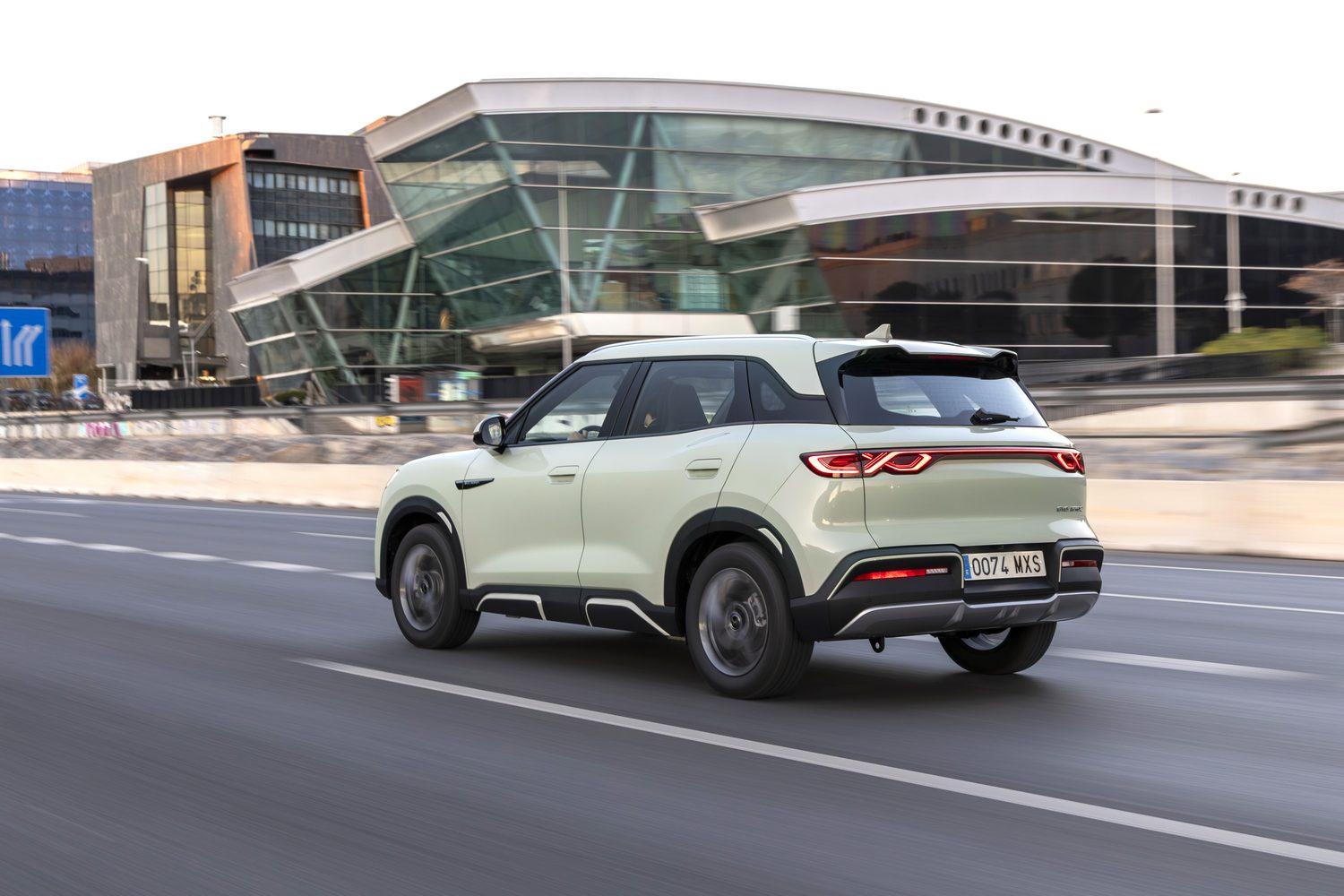
Performance from the 130kW electric motor is impressive, not because it’s an out and out powerhouse - it’s not - but because its peaks of 170hp and 290Nm of torque are delivered smoothly and progressively, allowing you to nip around without worrying about dumping all of the motor’s torque on the tarmac in one sickening lurch. The ride quality, soft but slightly springy, is ideally judged for driving around town, and the Atto 2 deals well with even sharp speed bumps.
Out on the open road, the BYD cruises comfortably and quietly on motorways, aside from a touch of wind noise around the mirrors. Performance does start to run out a touch at higher speeds, but reaching and maintaining 120km/h is easy.
On twisty roads, the rubbery steering and soft springing means that the Atto 2 is no hot hatch, but it corners fine, if without any particular sense of entertainment. Ford’s Puma and Alfa Romeo’s Junior aside, that’s pretty much par for the course for anything else in this class.
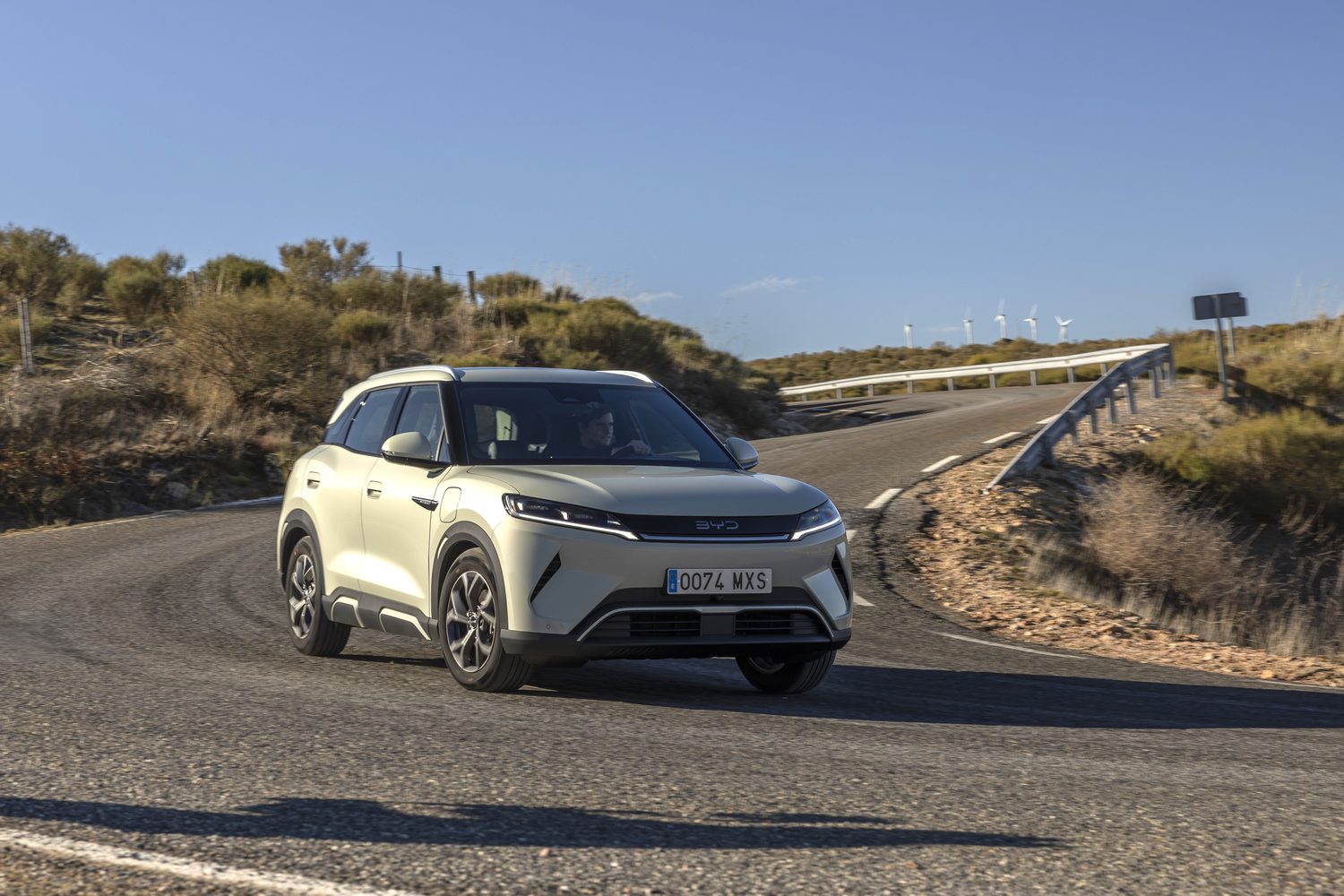
How far will the BYD Atto 2 go on one charge?
The Active and Boost versions of the Atto 2 get a 42.4kWh lithium-iron-phosphate battery, which gives them a range of up to 312km on the combined WLTP cycle, or up to 453km if you’re driving around town. That 312km range looks realistic, as on a chilly day, and with a reasonable length of time spent on the motorway, our Atto 2 test car seemed to settle down to a range of around 280km. Official average energy consumption is 16kWh/100km, and we managed 18kWh/100km in mixed driving.
While the lithium-iron-phosphate (LFP) battery can’t store as much energy as a more expensive lithium-ion battery, it should be more reliable and robust, more resistant to damage and able to be charged and depleted more. BYD is confident enough in its ‘Blade’ battery to offer a longer warranty than most, covering you for eight years and 200,000km when most offer up to 160,000km.
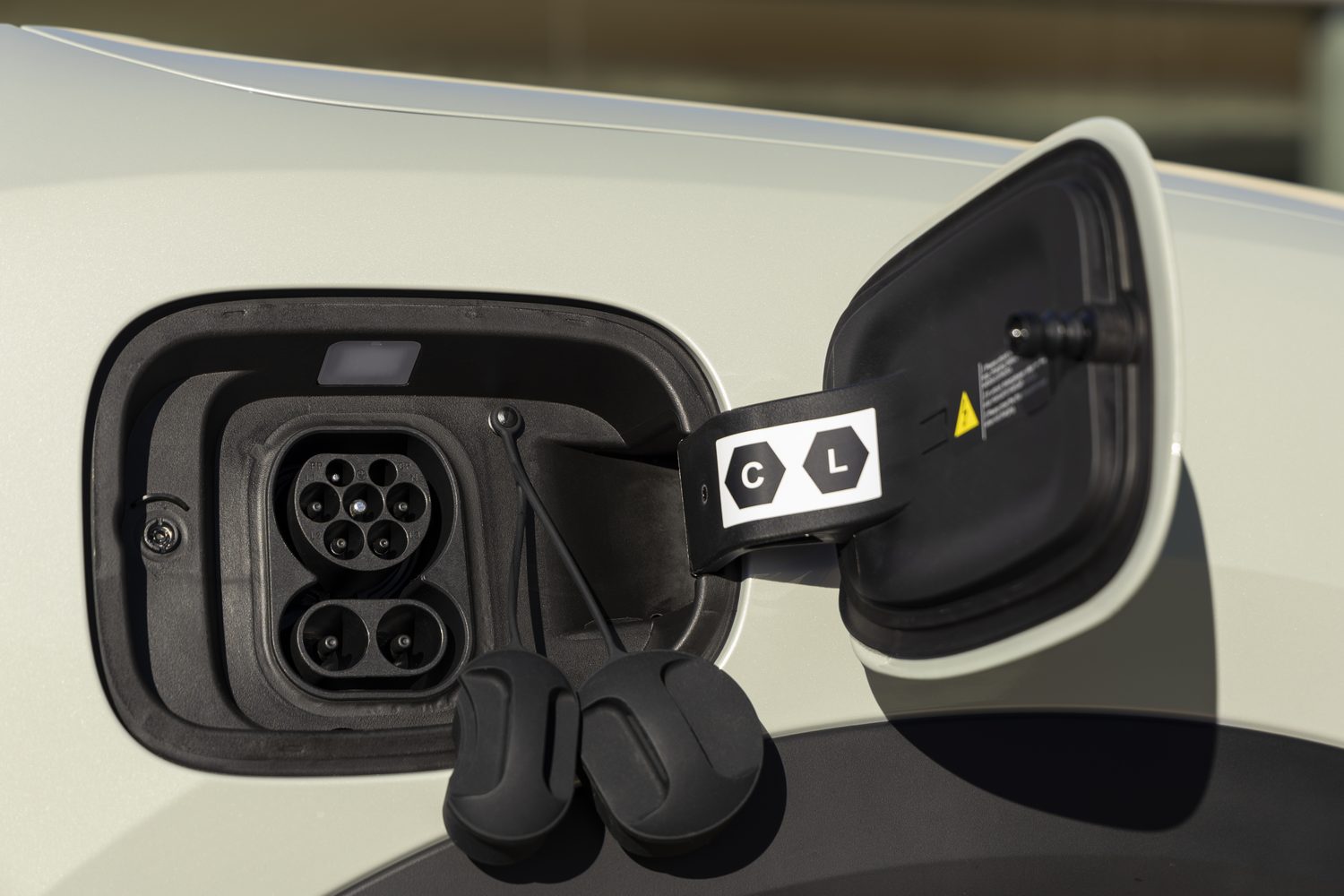
Later this year, there will be a Comfort version of the Atto 2, with a bigger battery and a range of up to 435km.
The only downside is that the Atto 2’s battery can’t accept much in the way of DC charging power. In fact, it’s limited to 65kW, meaning that a 10-80 per cent charge takes around 37 minutes, so this, largely, won’t be a car that you’ll want to use if you can’t charge at home and are reliant on public charging. The Comfort model will charge more quickly, cutting that to 28 minutes.
The reasons you'd buy a BYD Atto 2
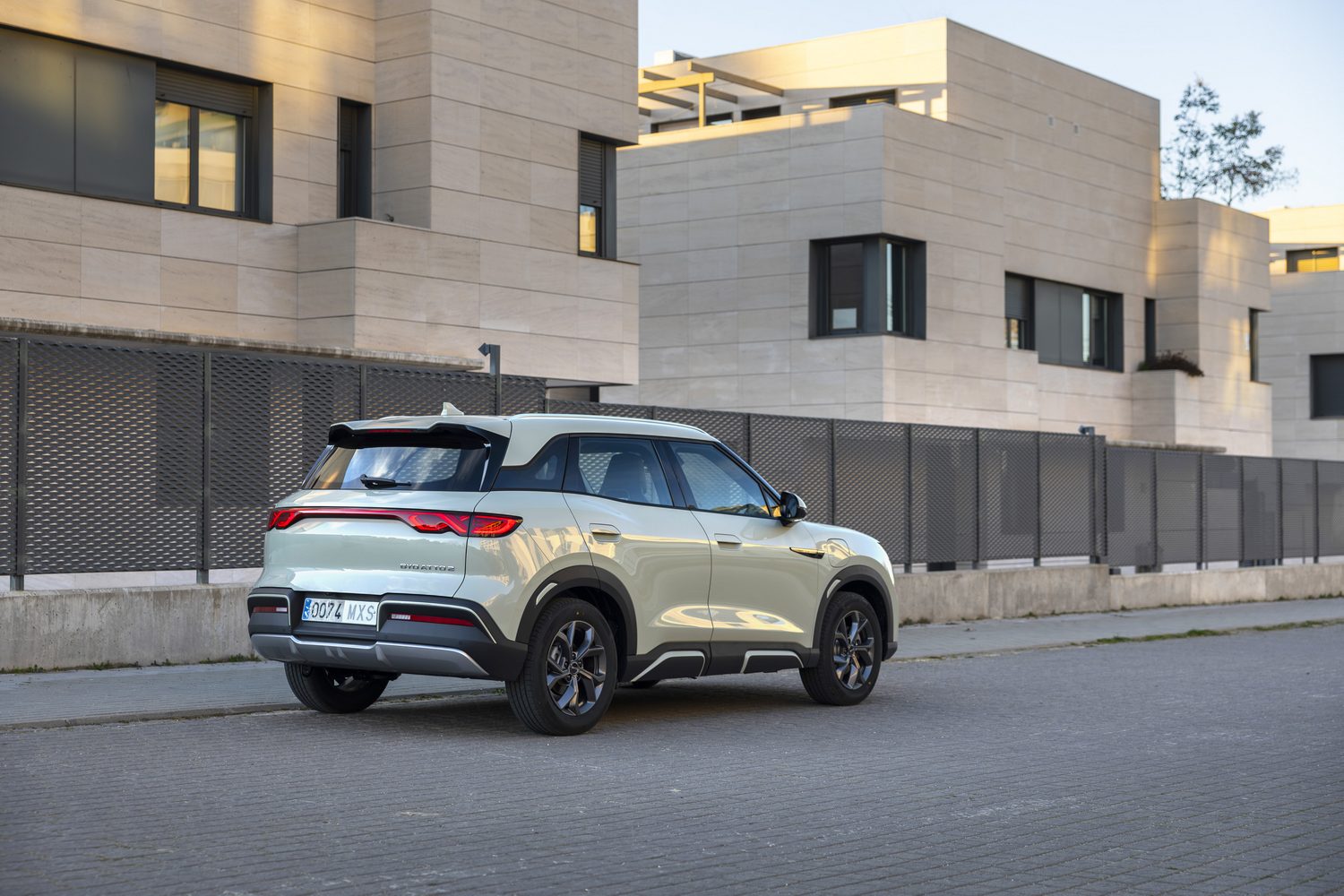
The Atto 2, for all of its mid-market positioning, has the feel of a significant car. It moves the mighty BYD into a hugely competitive end of the car market and may well prove capable of tempting hybrid and petrol crossover buyers into battery life. Although related to the larger Atto 3 both visually and in name, the Atto 2 feels like a major step forward in terms of modernity and cabin fit and finish, and if you don’t need the extra size and range of the Atto 3, we’d suggest that this Atto 2 is the better purchase. It’s not a thrill-a-minute kind of car, but it’s an effective intra-city commuter, looks smart and has a very impressive interior and much-improved tech. If BYD Ireland’s pricing is competitive, then the Atto 2 could become a very big seller.
Ask us anything about the BYD Atto 2
Want to know more about the BYD Atto 2? Then go to our dedicated Ask Us Anything page.

